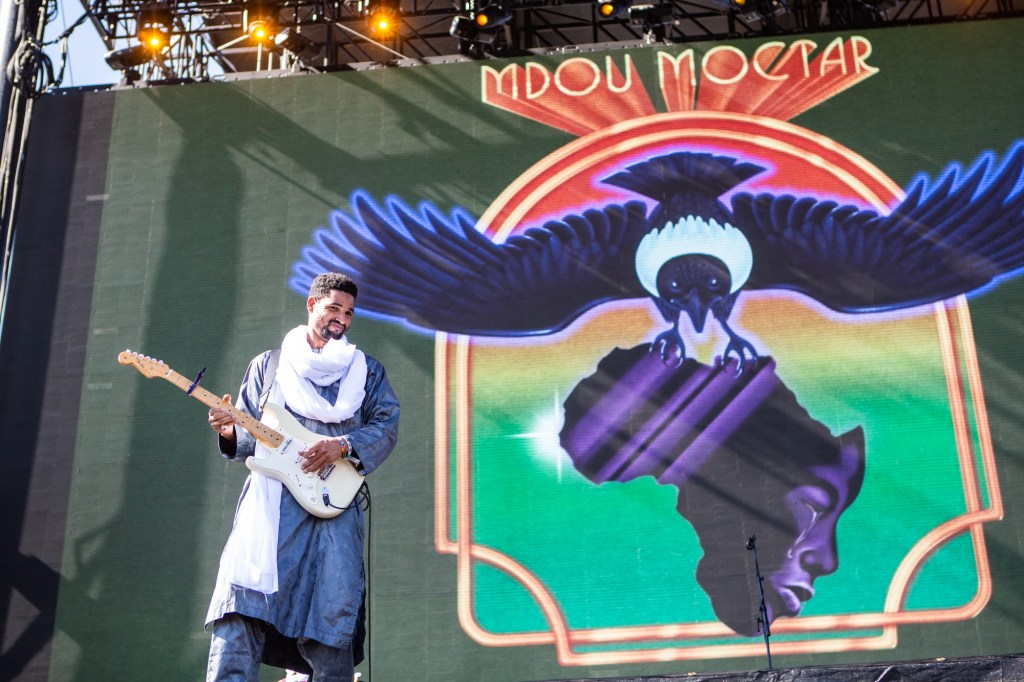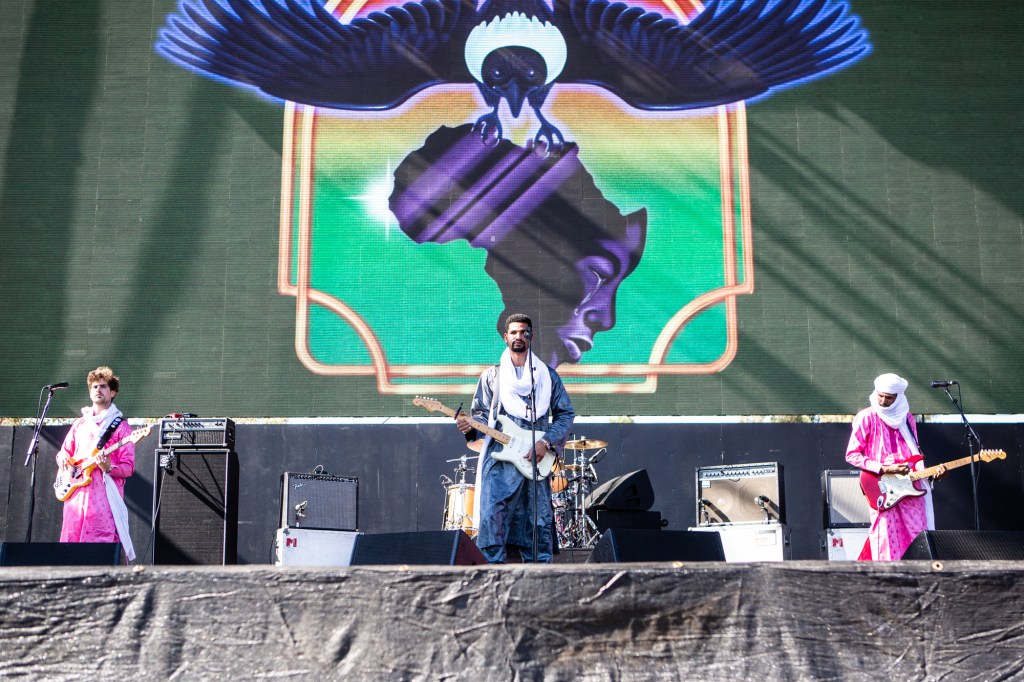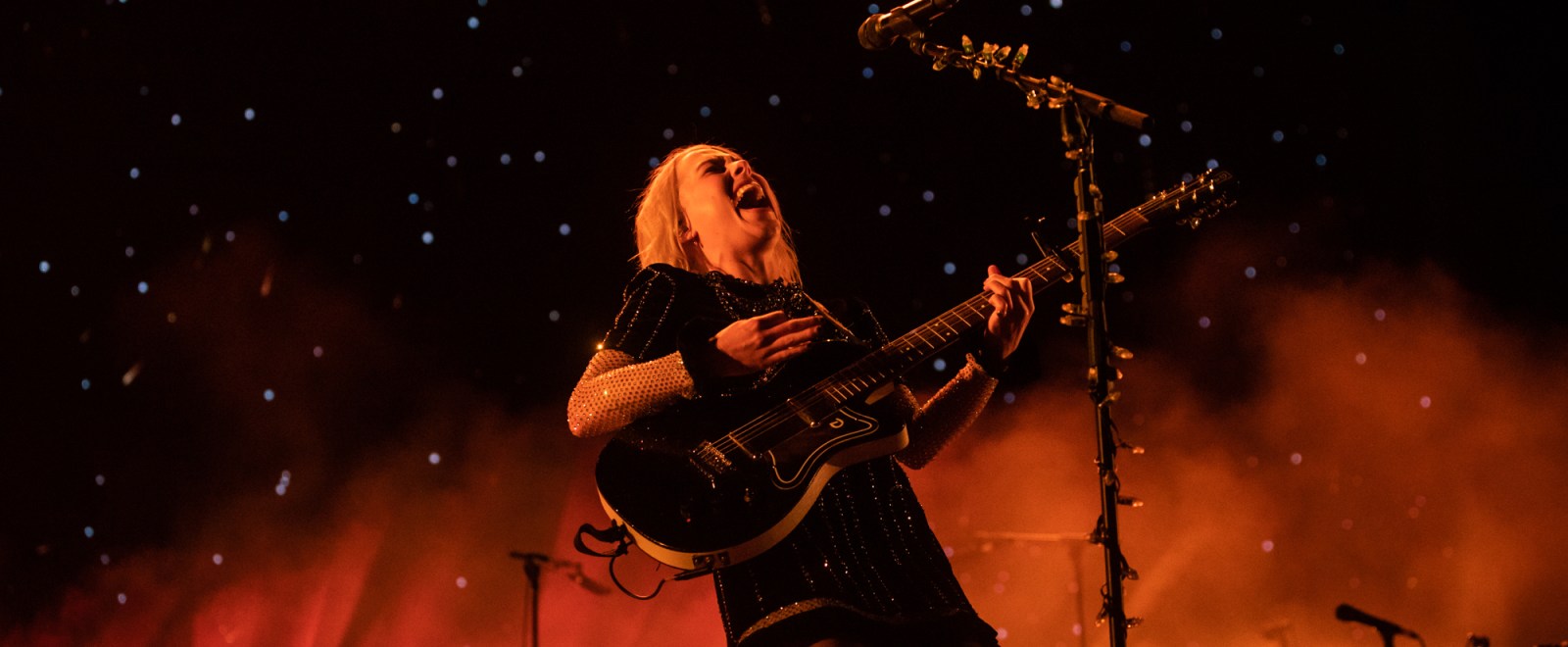If you were going to pinpoint a moment when the music festival landscape began to change, it was in January 2014, when Coachella dropped its annual fest poster. On it, three names stuck out as a bit different, one on the second line of each day: Ellie Goulding, Lorde, and Lana Del Rey. It wasn’t just those artists, either. It was booking artists like Pharrell, Foster The People, Empire Of The Sun, Bastille, and AFI, next to more expected Coachella offerings like The Knife, The Replacement, and Neutral Milk Hotel.
The move signified a sea change, where the festival, at that point 15 years old, realized that in order to survive, it must evolve. At that moment, it nodded to whatever was poppin’ on local station KROQ instead of seeing tickets based on the Pitchfork-approved indie elite. It was programming with diversity in mind, giving shots to then-upstart pop-adjacent female artists that they were willing to bank on playing well in the moment — and looking good in hindsight. It set up the roadmap that the other major music festivals in the US would follow, moving away from rock, dance, and (a little bit of) rap and into pop, international music, (a lot more) rap, and streaming sensations.

And, let’s make this especially clear: this is a good thing. Much of the cultural shift of the last decade has been more equitable and forward-thinking. But — and I say this as a fan of the music that has grown less commercially viable in recent years — it’s also a bummer that some more adventurous tunes and bookings are now considered a bit too niche for the Coachella (or Lollapalooza, or Governors Ball, etc) stage… or a bit too old.
Of late, festivals have been springing up catering to the audience that might feel alienated by Coachella’s shift. Just in Southern California, the FYFs and Burgeramas of the world found themselves mired in controversy, and have given way to newer offerings like Just Like Heaven, next month’s Primavera Sound LA, and, returning for the first time since 2000, last weekend’s This Ain’t No Picnic. Not to age myself too much here, but This Ain’t No Picnic was actually the first music festival I ever attended, as a high schooler in Orange County. The event just ran a couple of times, but the 1999 edition I went to notably offered Sonic Youth (playing with borrowed equipment after being robbed), Sleater-Kinney, Rocket From The Crypt, Guided By Voices, and Superchunk.
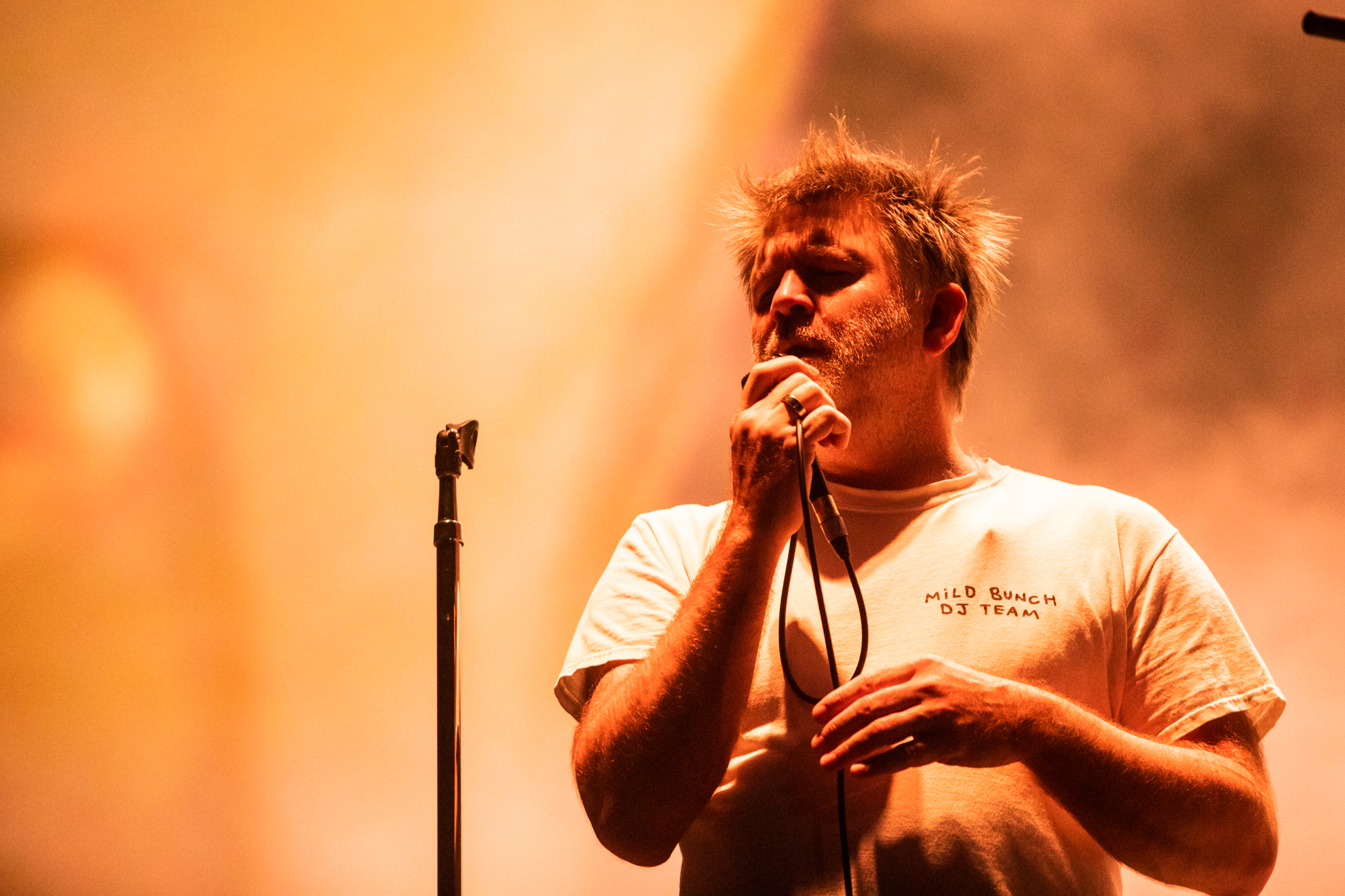
Its return more than 20 years later — now at Brookside at the Rose Bowl — resembled FYF’s ethos a bit more than its strictly-indie beginnings, but even with a spattering of hip-hop (Isaiah Rashad, Earl Sweatshirt) and R&B/pop (an incredible Tinashe, Jorja Smith), it was clearly a festival designed for those not willing or able to make the two-hour trek into the desert anymore. Both of the headliners were Coachella headlining alums who now find themselves legacy artists, LCD Soundsystem and The Strokes. And while neither are quite a festival rarity at this point, both made convincing arguments for their status as bill-toppers.
LCD Soundsystem, for as divisive of a figure James Murphy has become, can make all the chatter around them fade away with just a few minutes of playing music. Who would have thought that a band that became known for transcendent live shows is… still unreal live? Sure, the stage is just a few dozen black widow spiders short of looking like my dad’s garage, but James Murphy’s voice is one of the most underrated instruments in rock and leads his revered musical compatriots through anthem after anthem. If seeing LCD Soundsystem live every few years is what is needed to maintain good graces with its long-term fans, then so be it. They fulfill their end of the bargain.
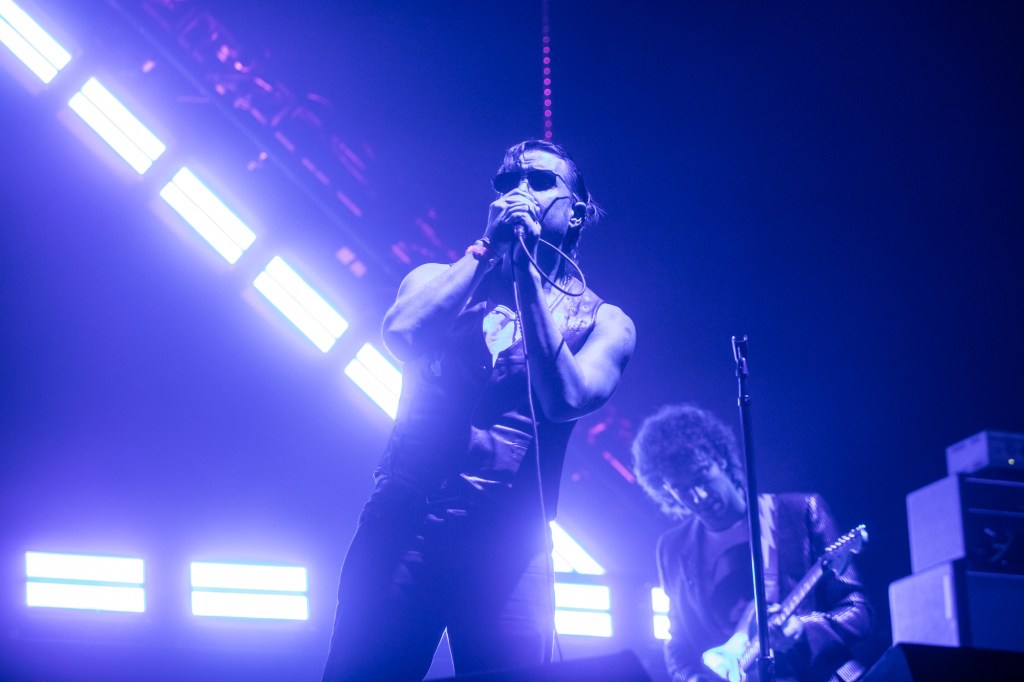
The Strokes, on the other hand, are not known for their live show. Their performances often feel like a tightrope walk that could end in disaster… and sometimes does! But not on this night, where the band was incredibly tight and good-humored, and frontperson Julian Casablancas was on his best behavior. They’re a band that doesn’t need to play their biggest hit to satisfy their audience, a band whose vibe and aesthetic sits equal to their craft. Also, the streaming numbers to their recent The New Abnormal indicate that their newer tunes are also hugely popular, to a shocking extent. All that said, there was not a dud in the setlist, including a surprising “Ask Me Anything,” an underrated “Under Cover Of Darkness,” and an inspired “Juicebox.”
Elsewhere, I’d probably be best off just touching on some highlights:
– Phoebe Bridgers’ hometown (literally) show was pretty similar to the tour she’s been giving for about a year… which means it is still terrific. She recalled learning to drive in the Rose Bowl parking lot and told her fans to steal their parents’ credit cards to donate to abortion funds (if their parents didn’t believe in abortion). We stan a young legend.
– Directly in front of her set was Idles. Music festivals are often ripe for culture clashes, but this was an all-timer. After the English post-punk band’s first rager, frontperson Joe Talbot asked the crowd to split in anticipation of a moshing frenzy. From the audience, another group shouted “nooooo” in unison, as the young female Phoebe fans were instructed by security to hold on for dear life. Soon there was crowd surfing and slam dancing and all the other fun stuff that’s probably not seen at typical Phoebe shows. But it was all in good fun, and hopefully both fanbases earned some respect for each other.
– Le Tigre reunited for the first time in more than a decade, and showed that the world still needs them. Frontperson Kathleen Hanna would explain how the group formed as a protest outfit and it’s a shame that they still need to be protesting the same things decades later. But, that said, their “dance away the injustice” ethos and sly wit is as meaningful and impactful as ever, with the importance of seeing them live for the first time visible on many faces, particularly the women that Hanna has inspired throughout her career.
– Ethel Cain, Magdelena Bay, Mdou Moctar, Turnstile, and Slowthai deserve all the hype they’ve been getting.
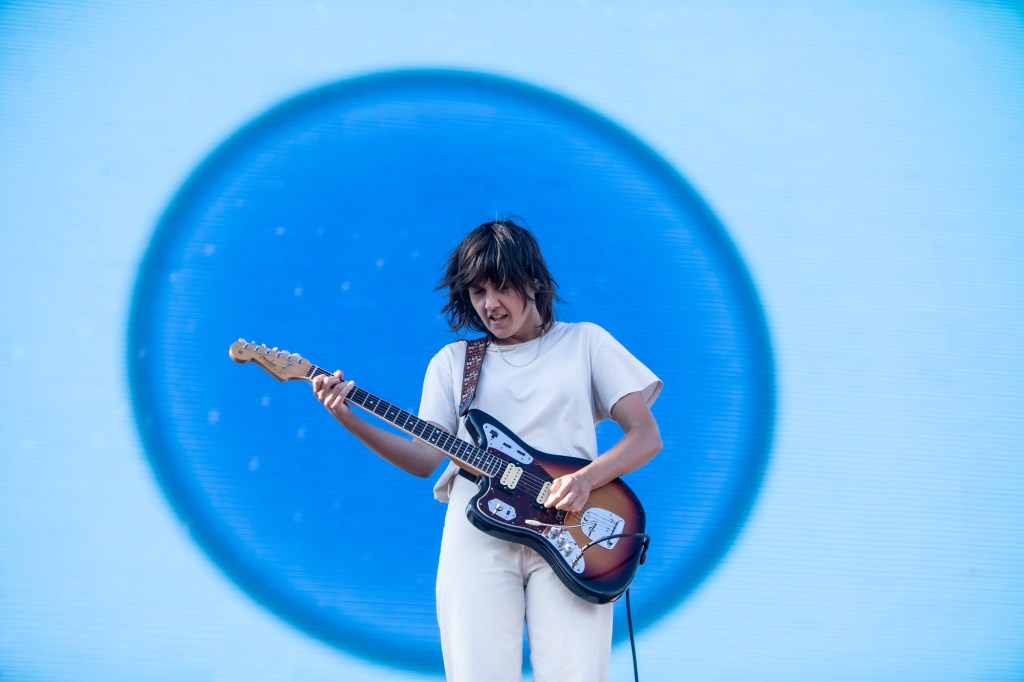
With Primavera Sound just a few weeks away, time will tell if there’s enough of a market for two similar events in the LA area. But seeing the local music fans that I’ve been running into for the past 15 years at shows all turning out for this, it was hard not to be nostalgic for times when this could have been more than a locally-faced event. Genre fests, whether rap or dance or country or indie, have become more common and might speak towards how audiences want to spend their money, which is especially tight in 2022. Still, it was nice to see indie rock still able to work on this scale, a vibrant music community getting together, and new memories being formed by the many young fans that turned out. Hopefully, they’ll remember this as fondly as I do my first This Ain’t No Picnic.
Check out an exclusive gallery from This Ain’t No Picnic 2022 below.
LCD Soundsystem
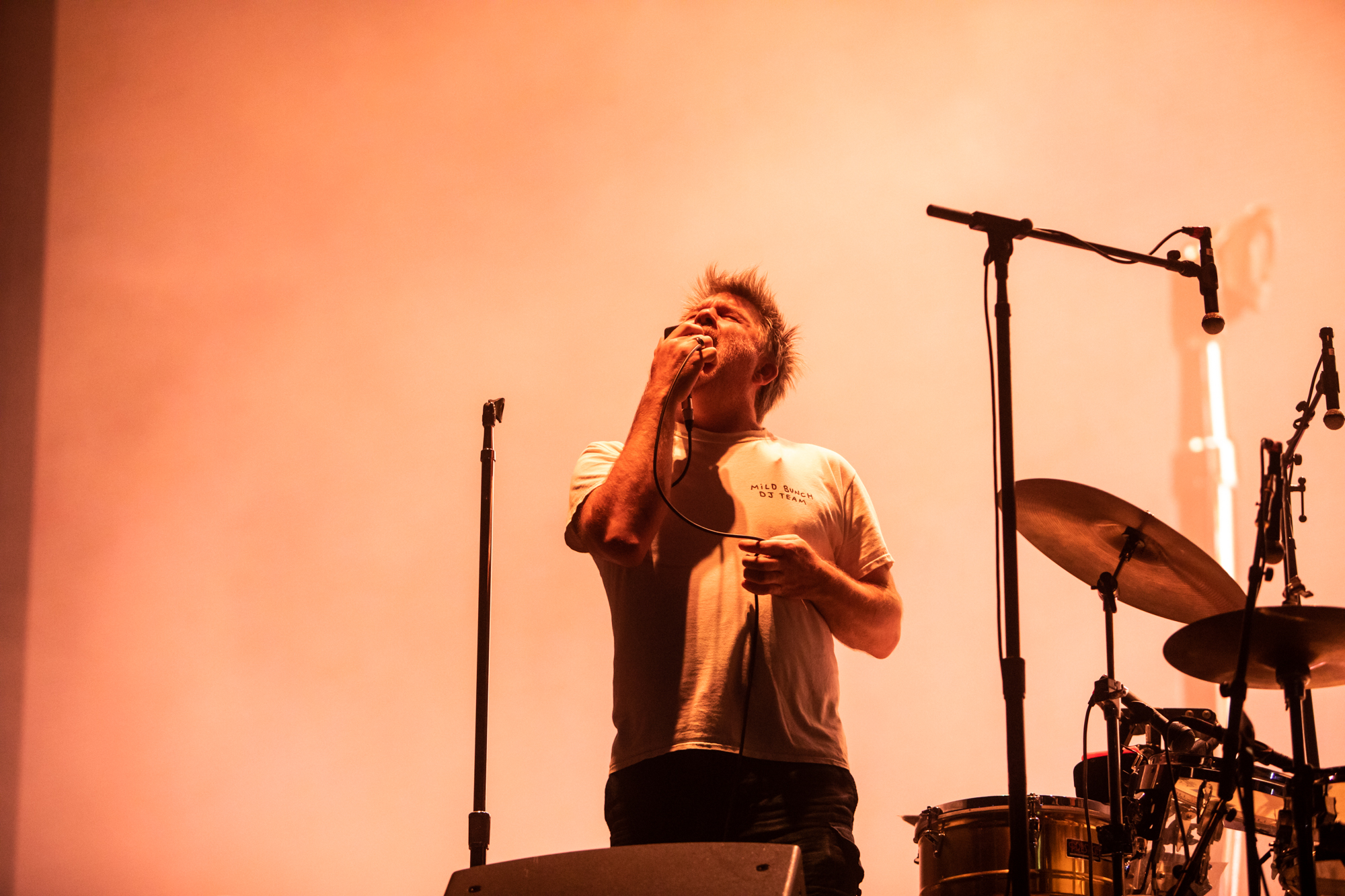
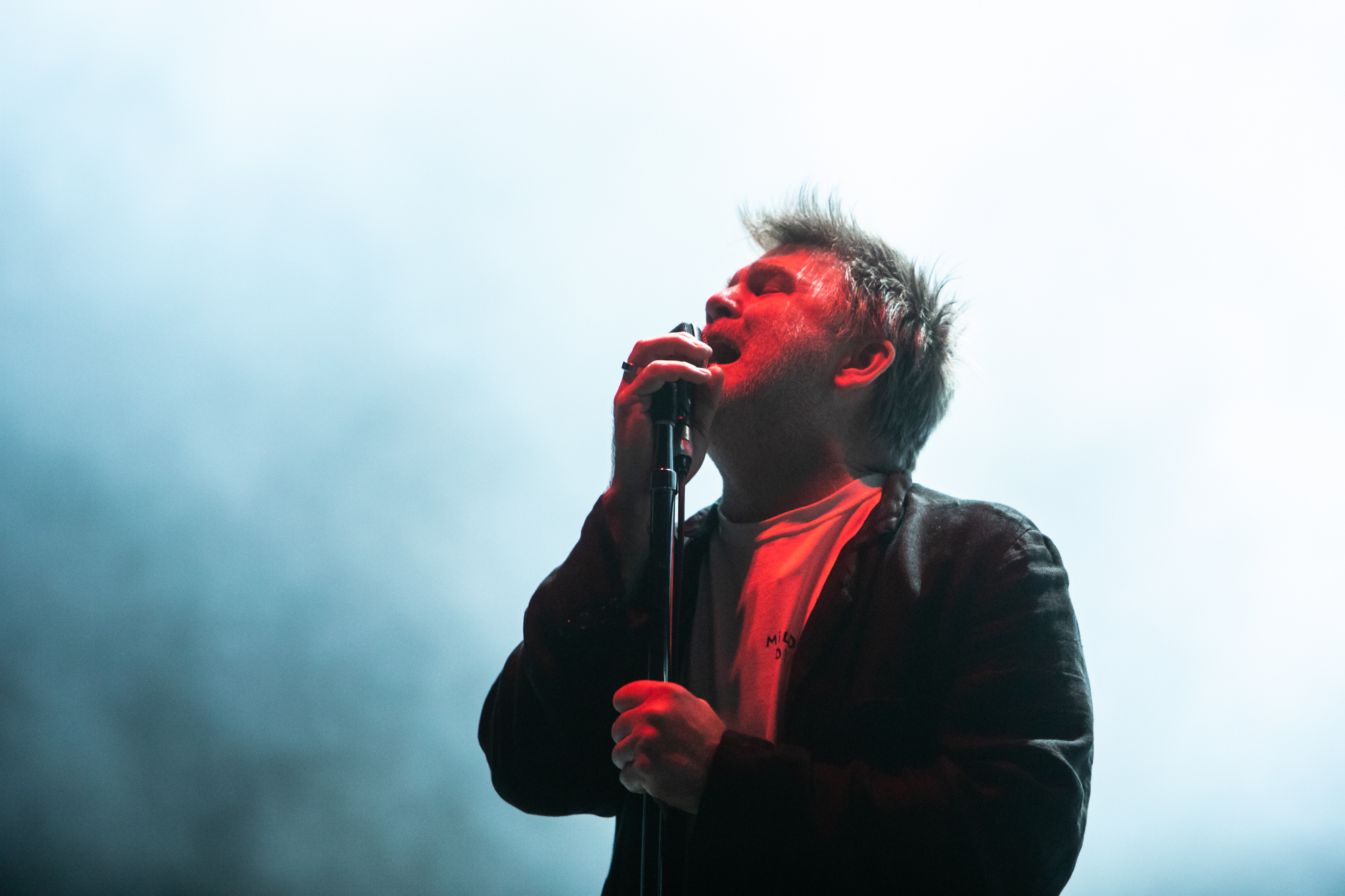
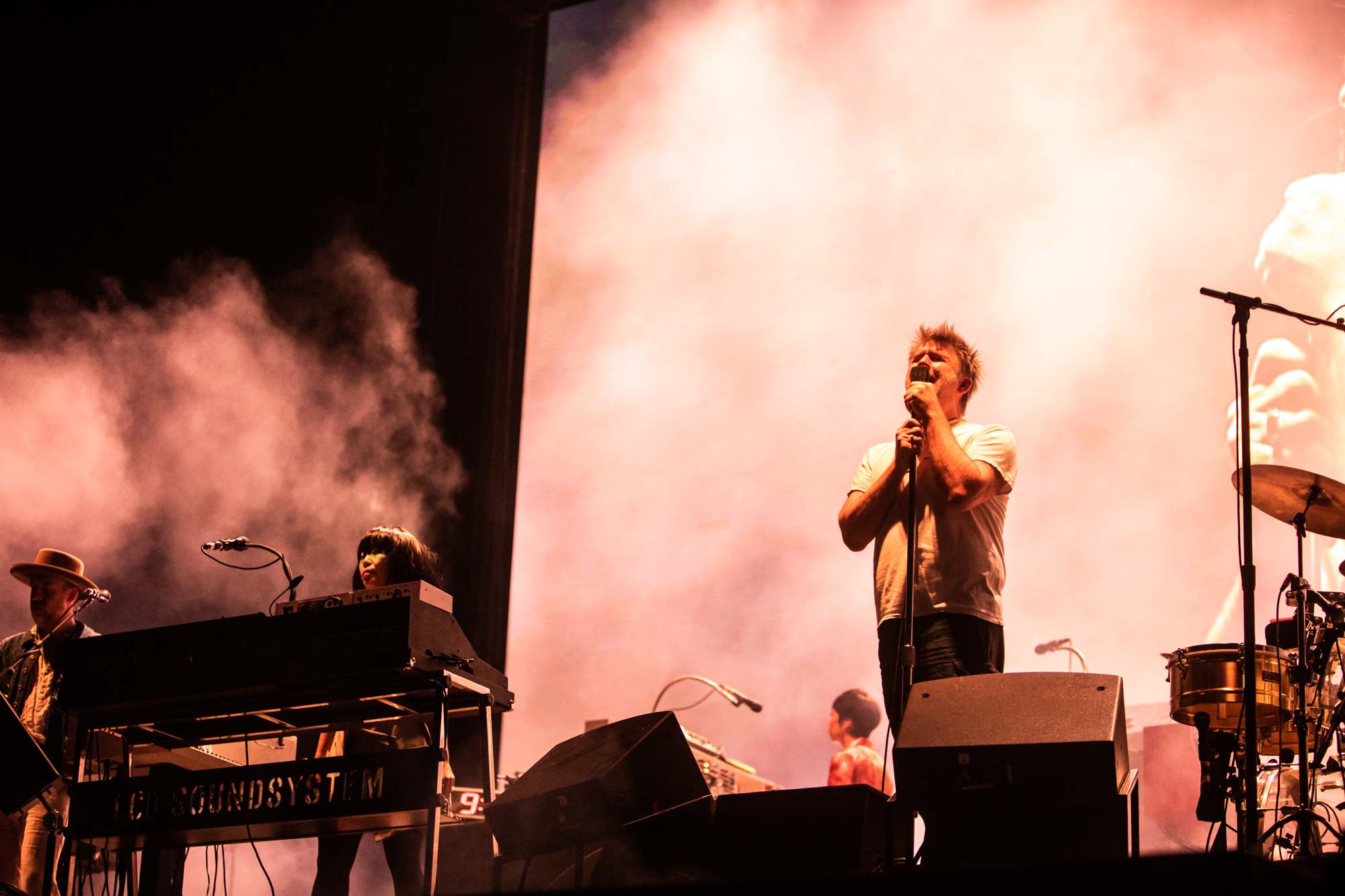
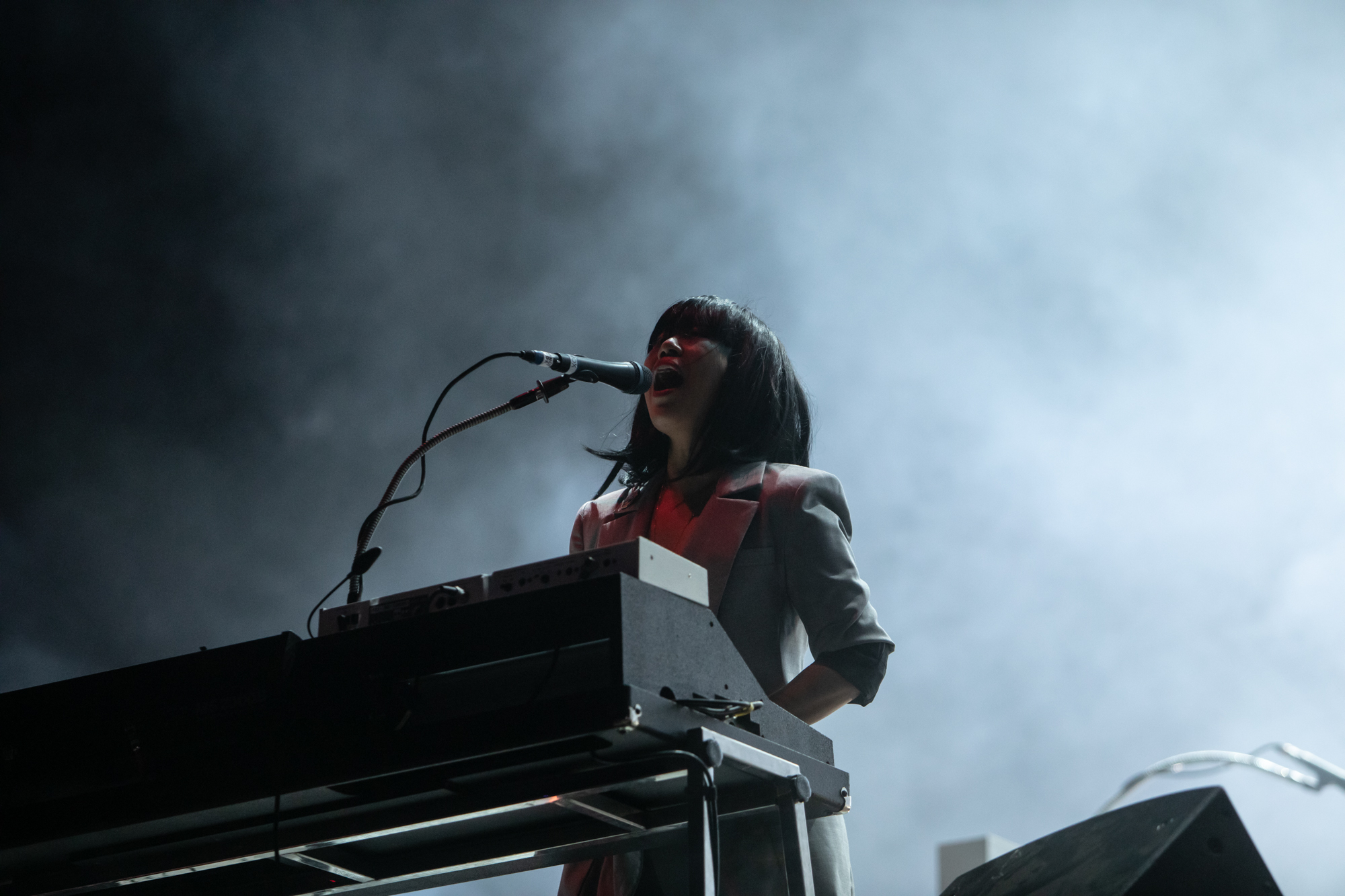
Le Tigre
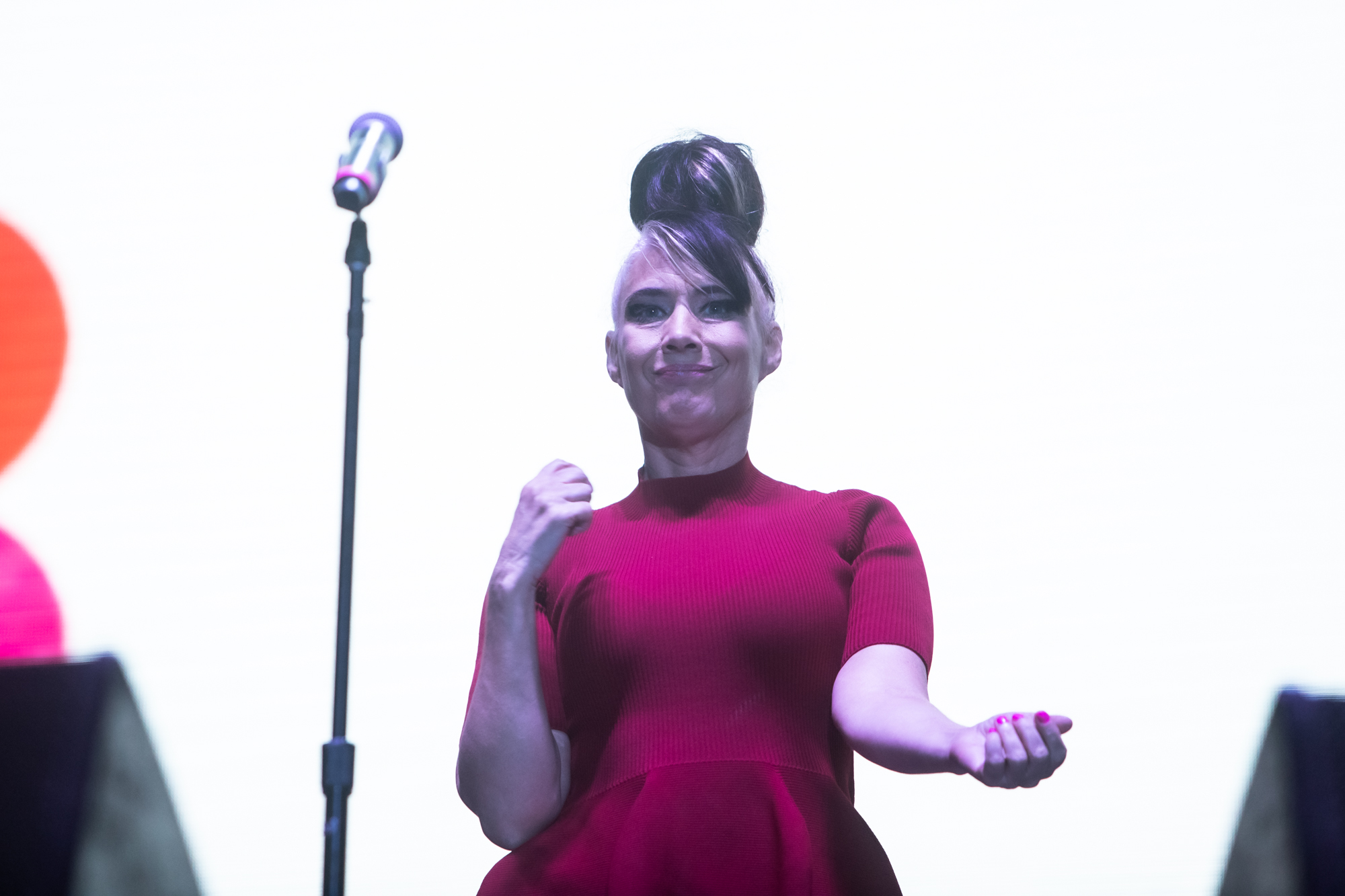
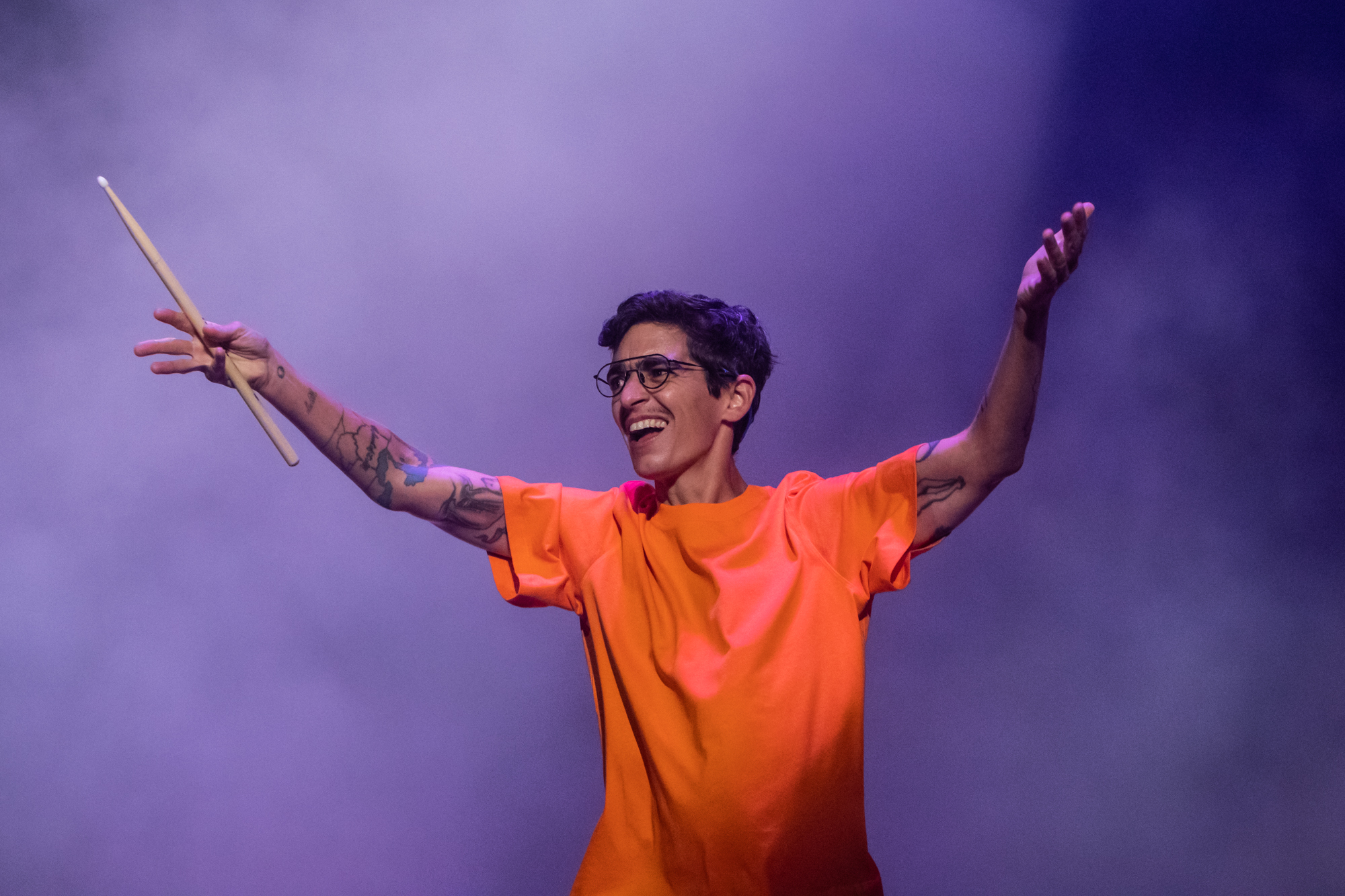
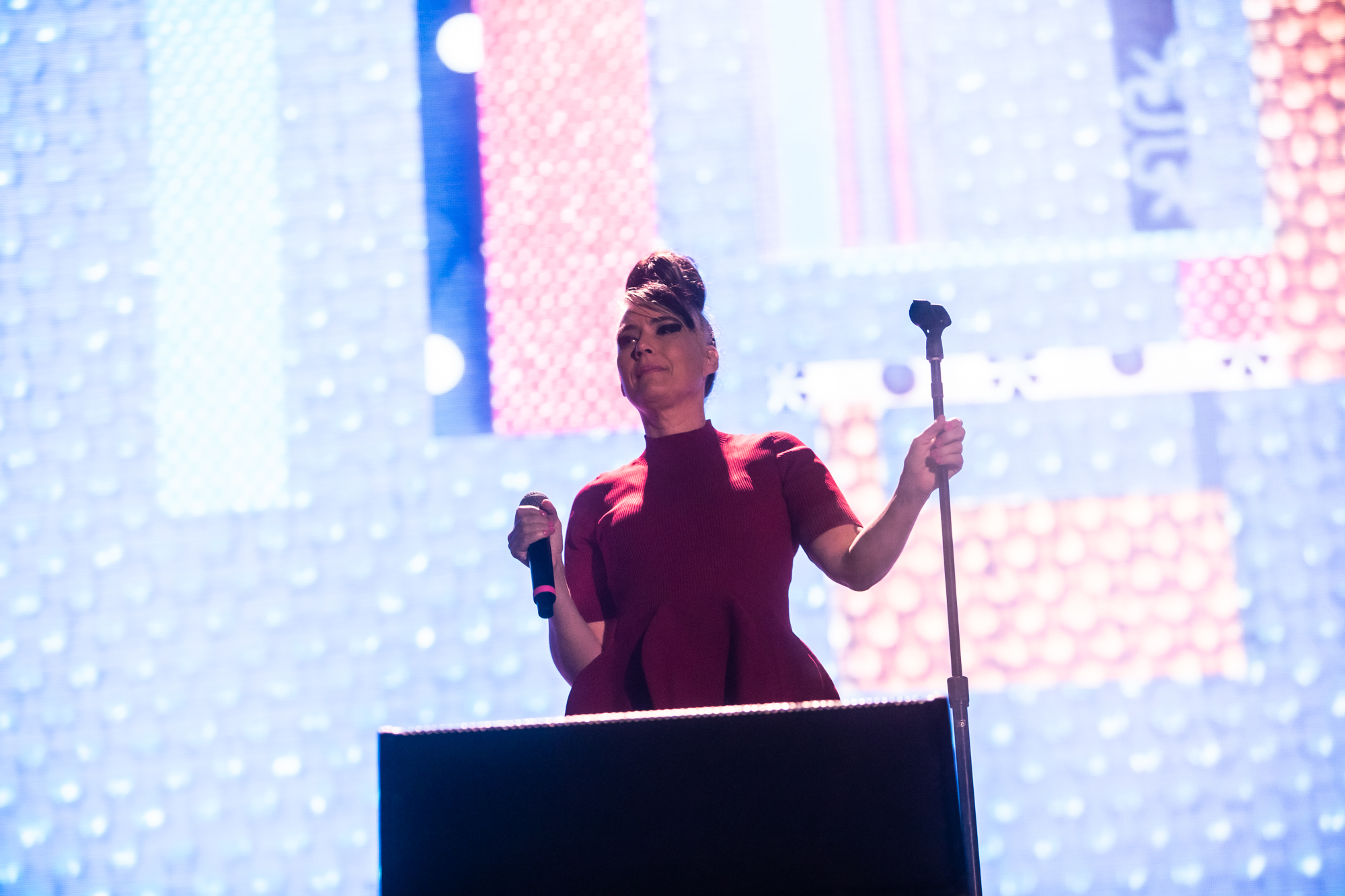
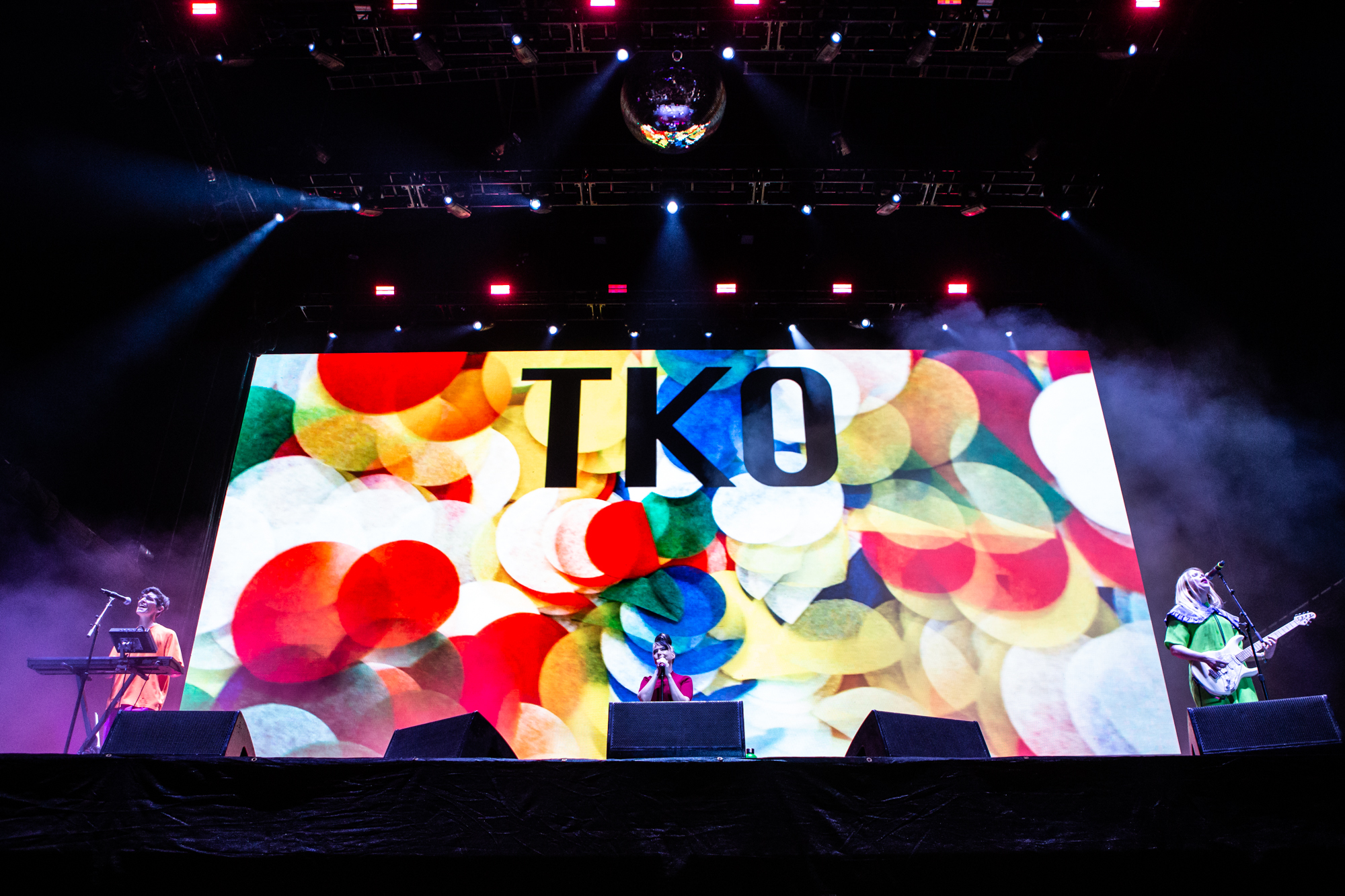
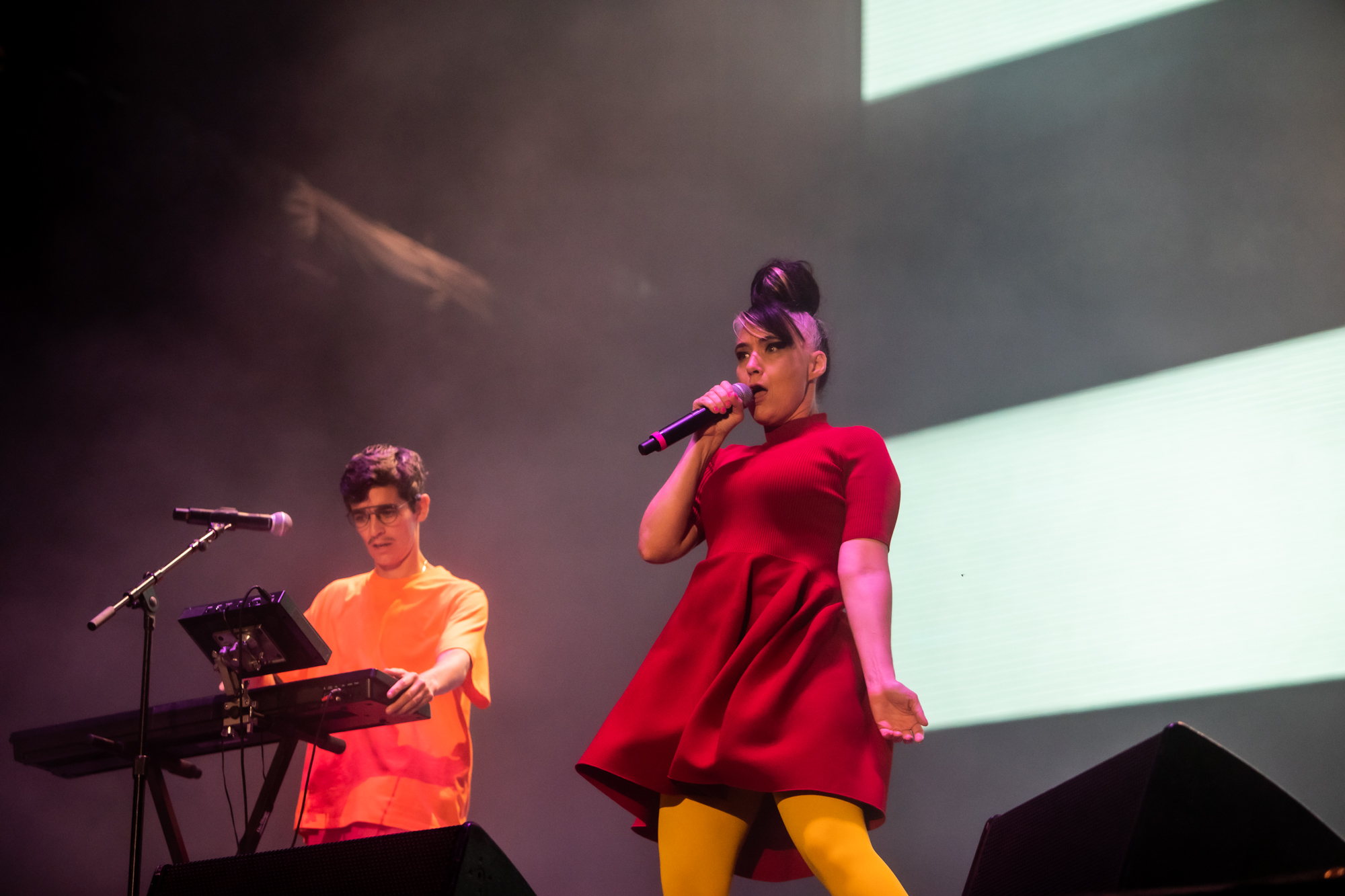
Jungle
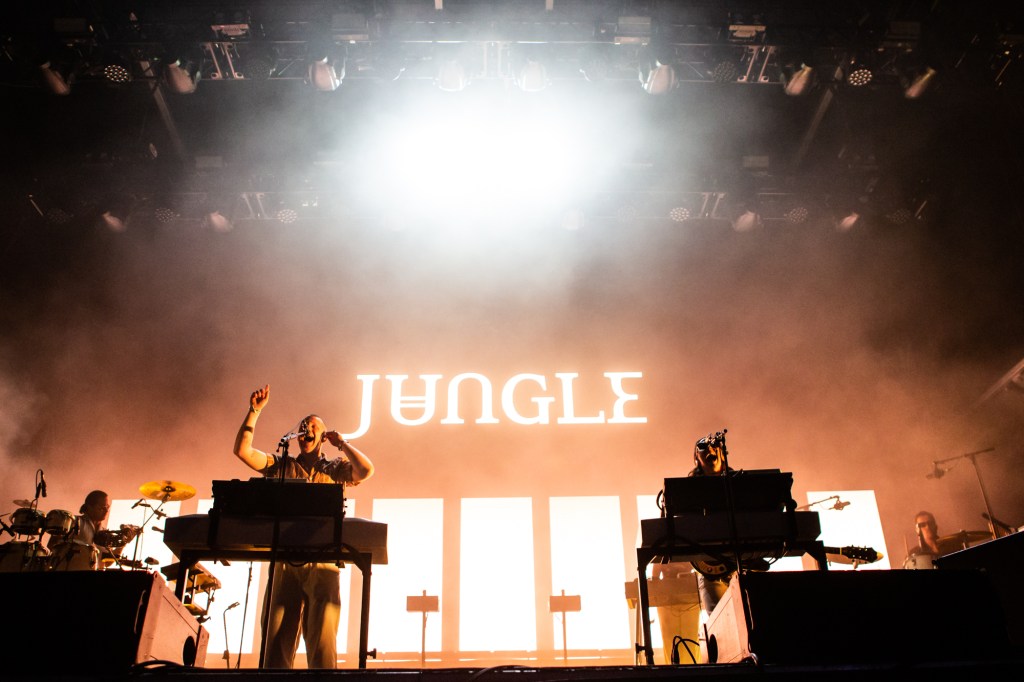
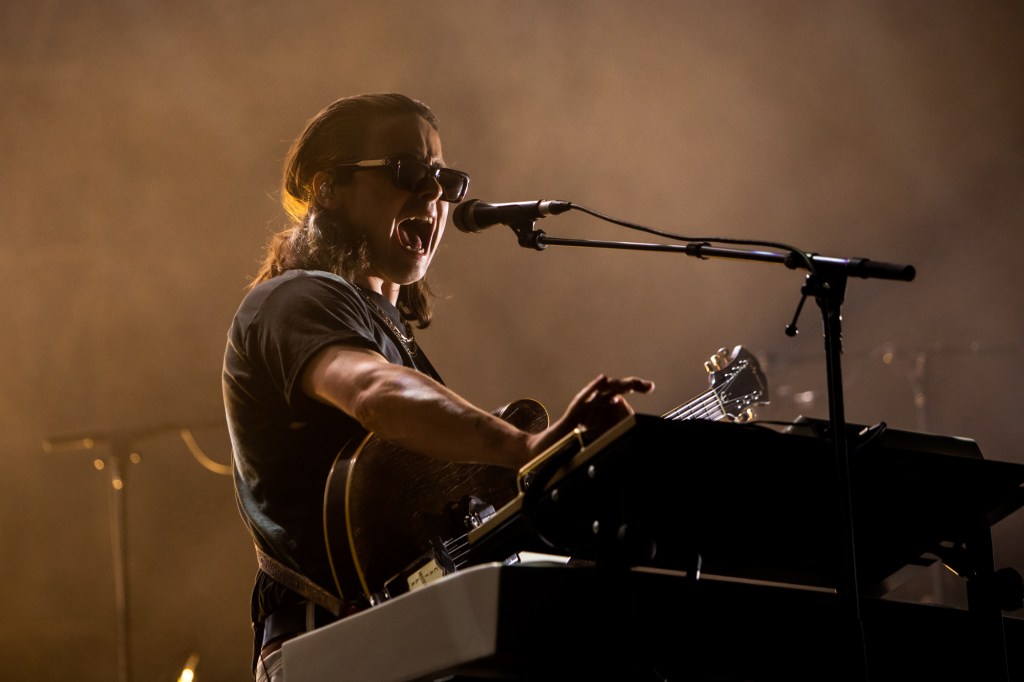
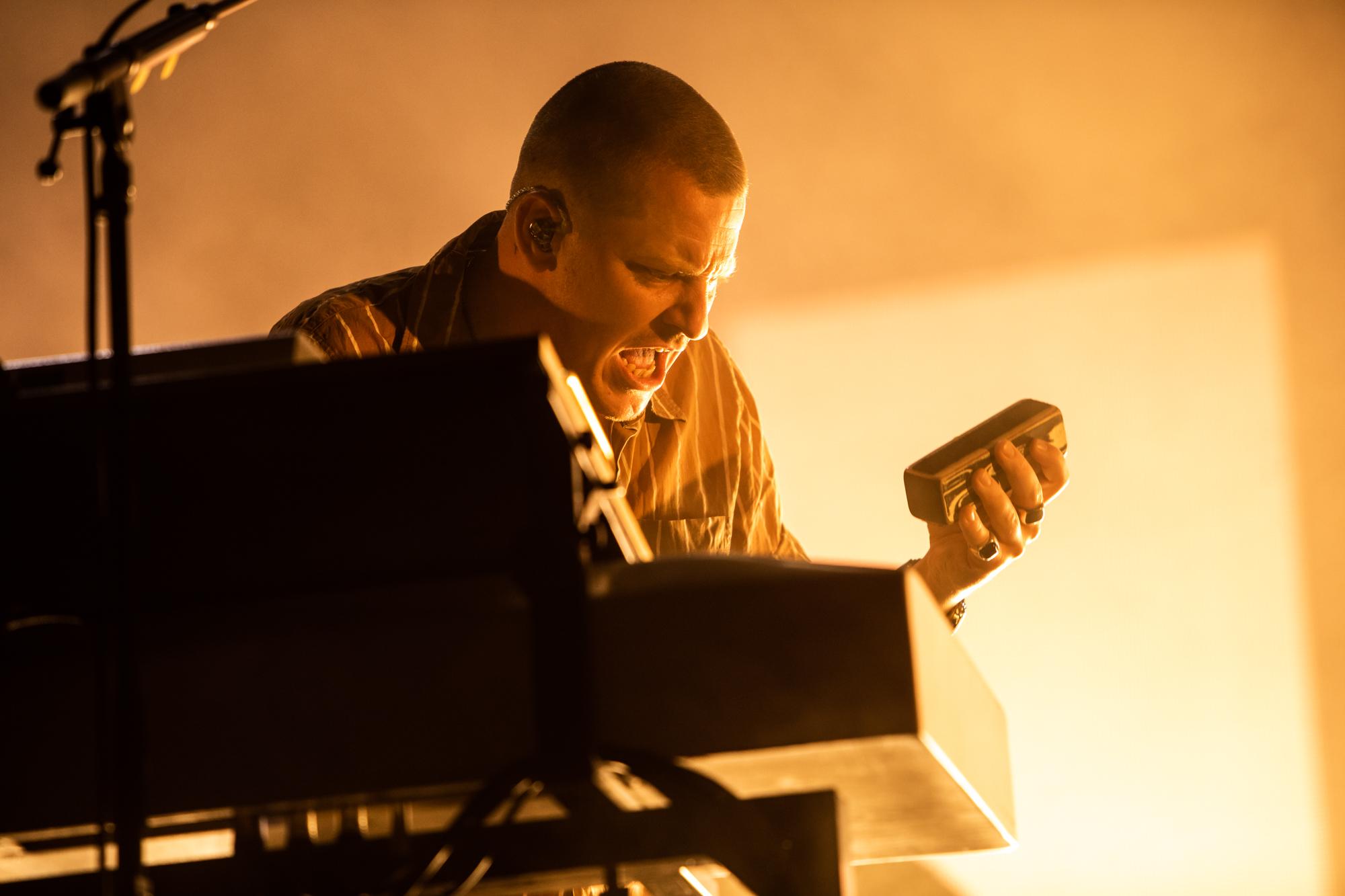
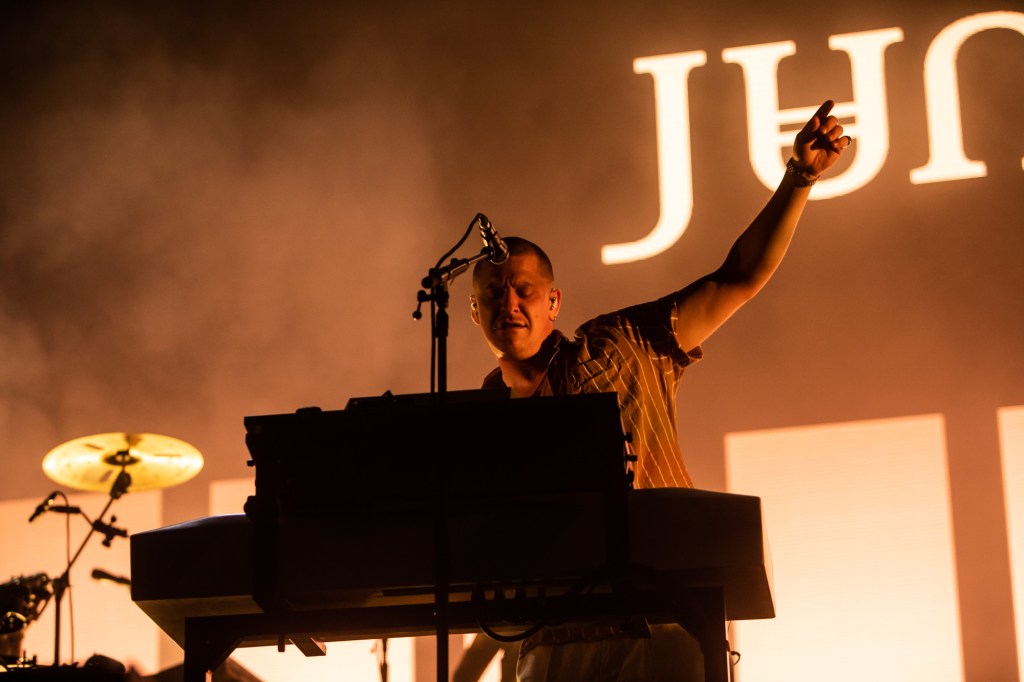
Mac DeMarco
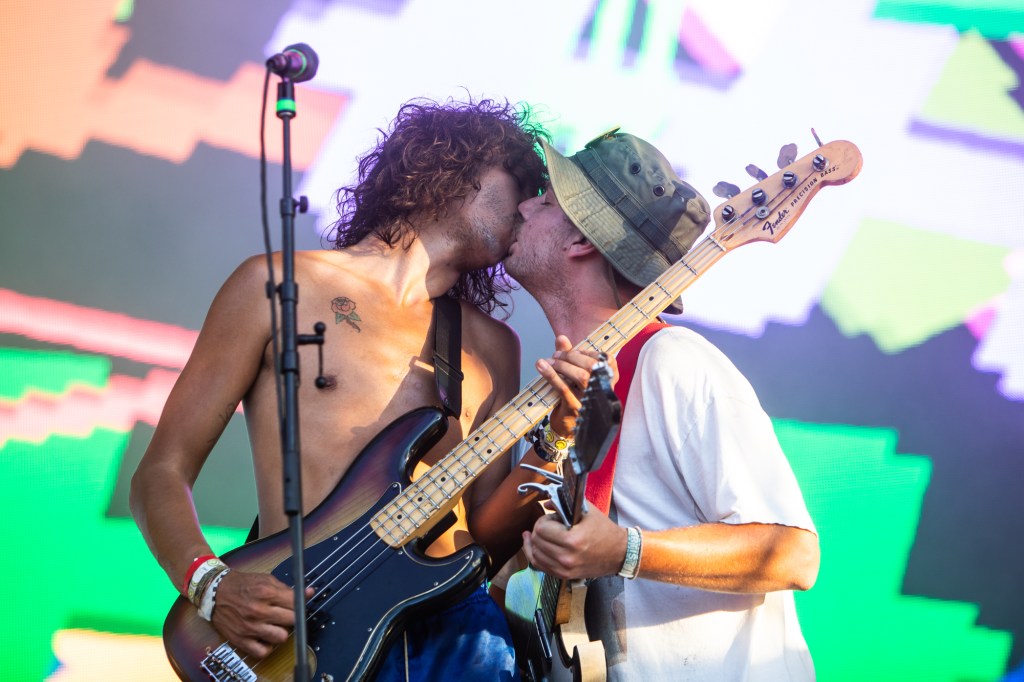
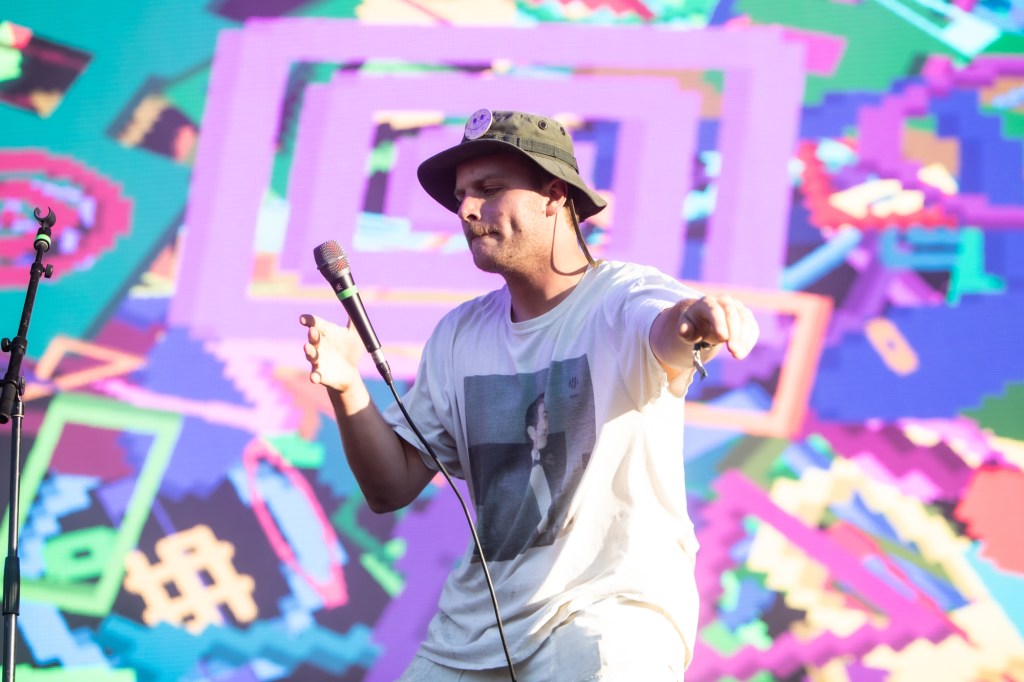

Ethel Cain
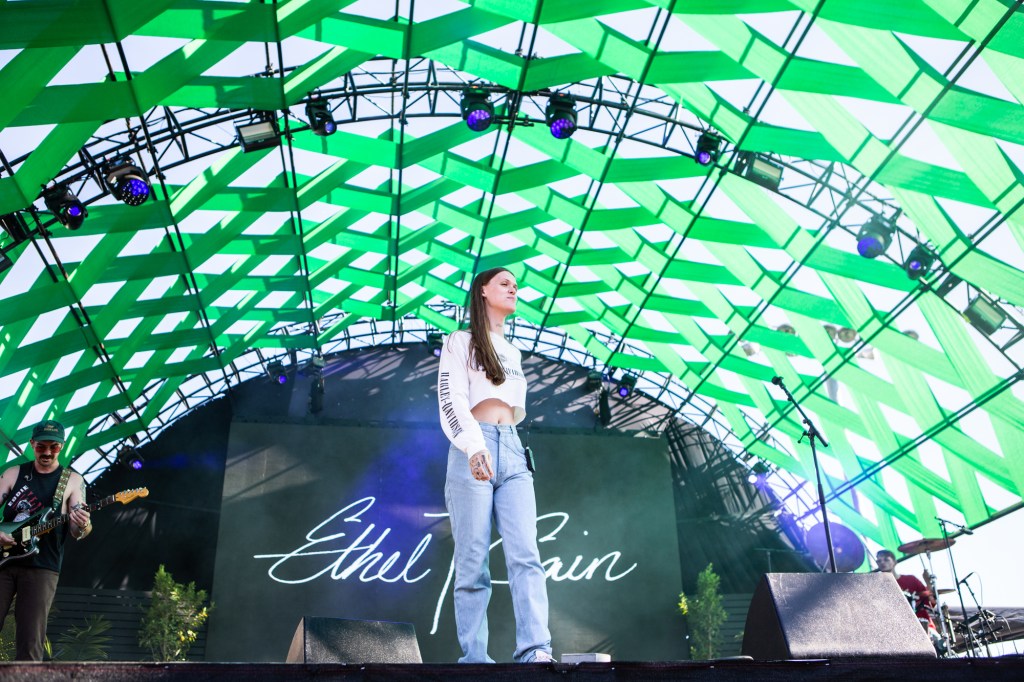
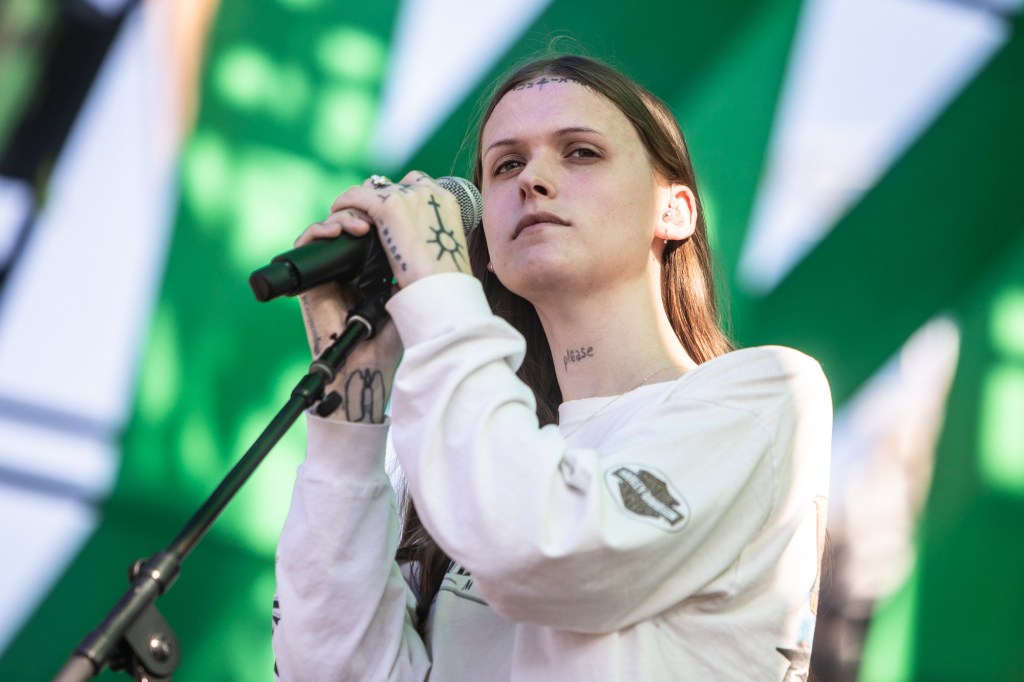
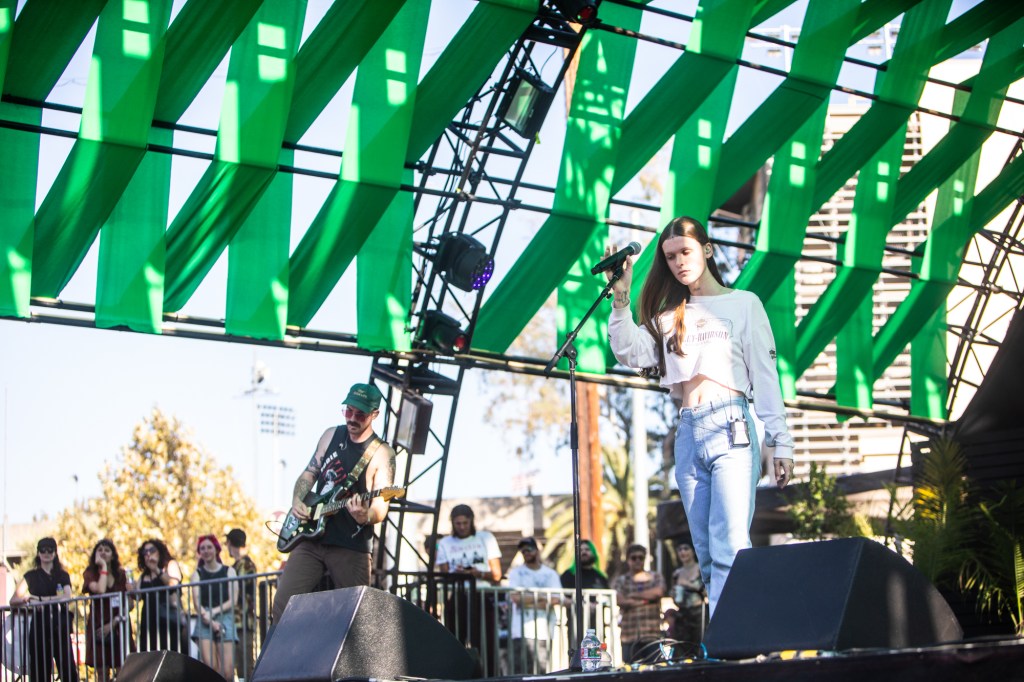
Courtney Barnett
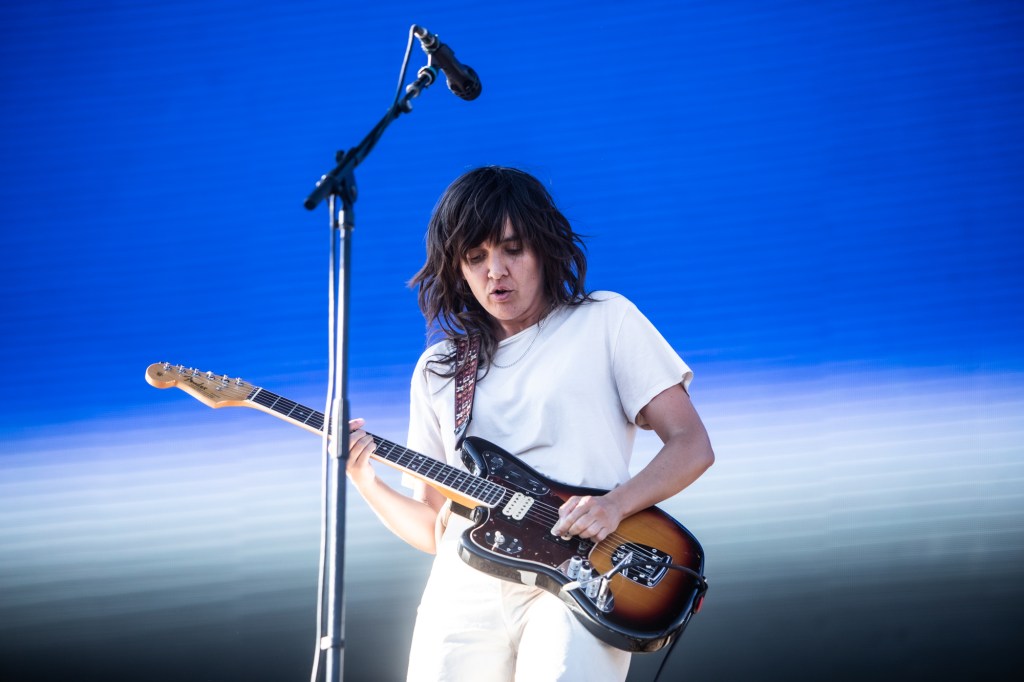
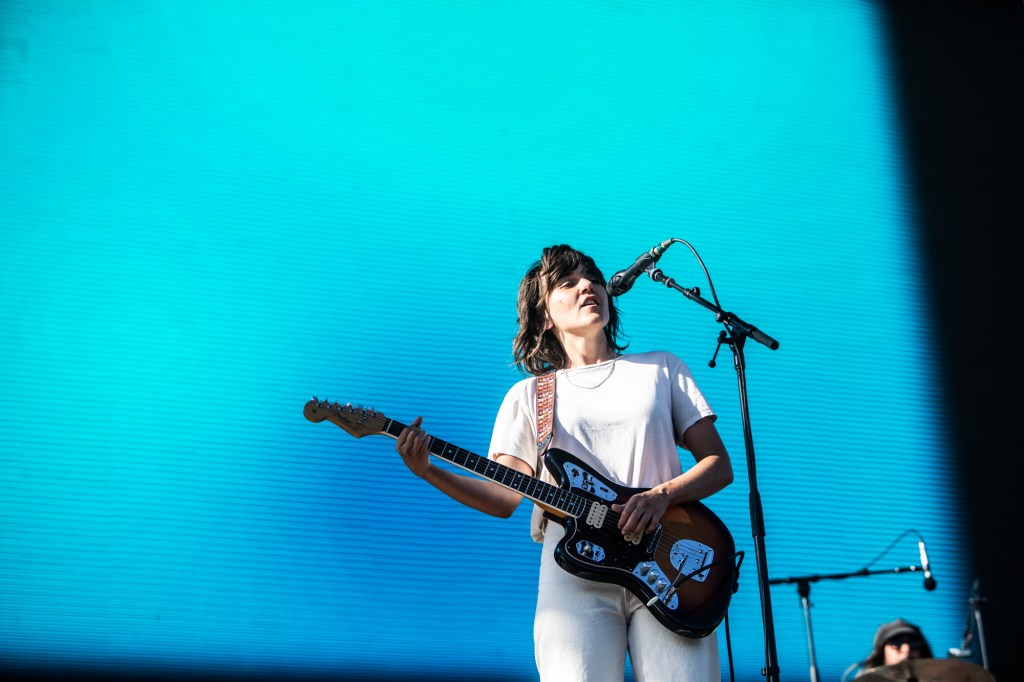
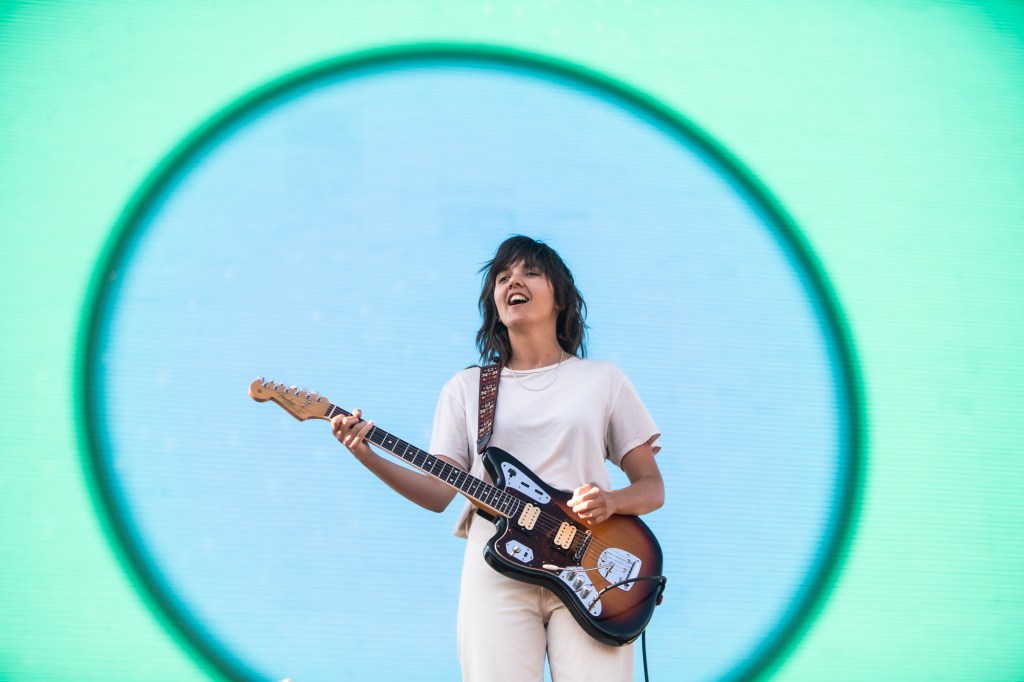
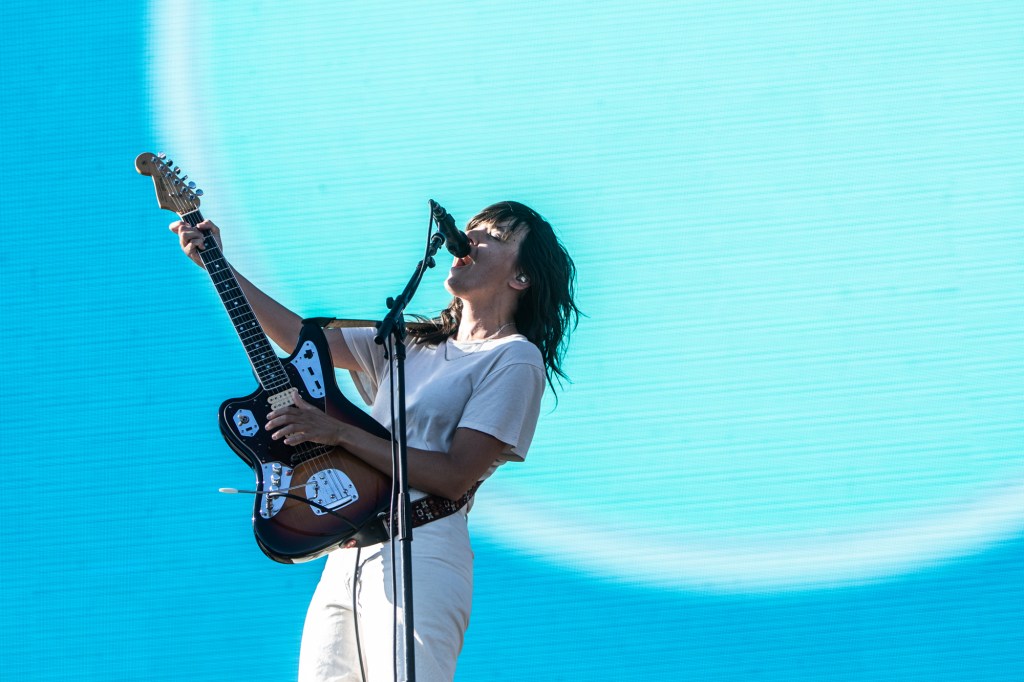
Yves Tumor

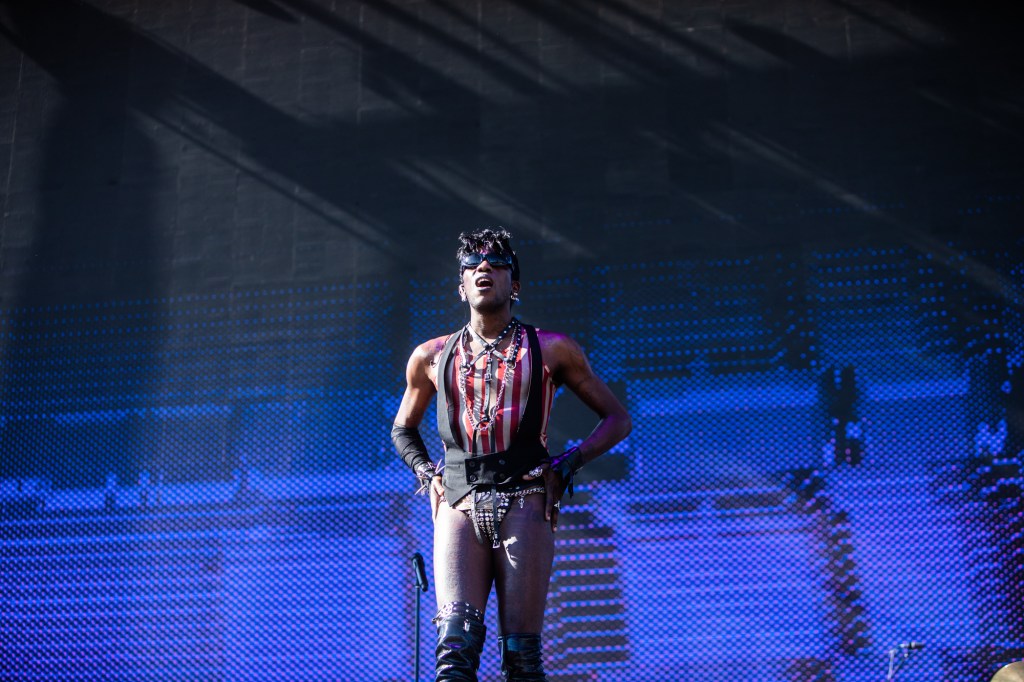
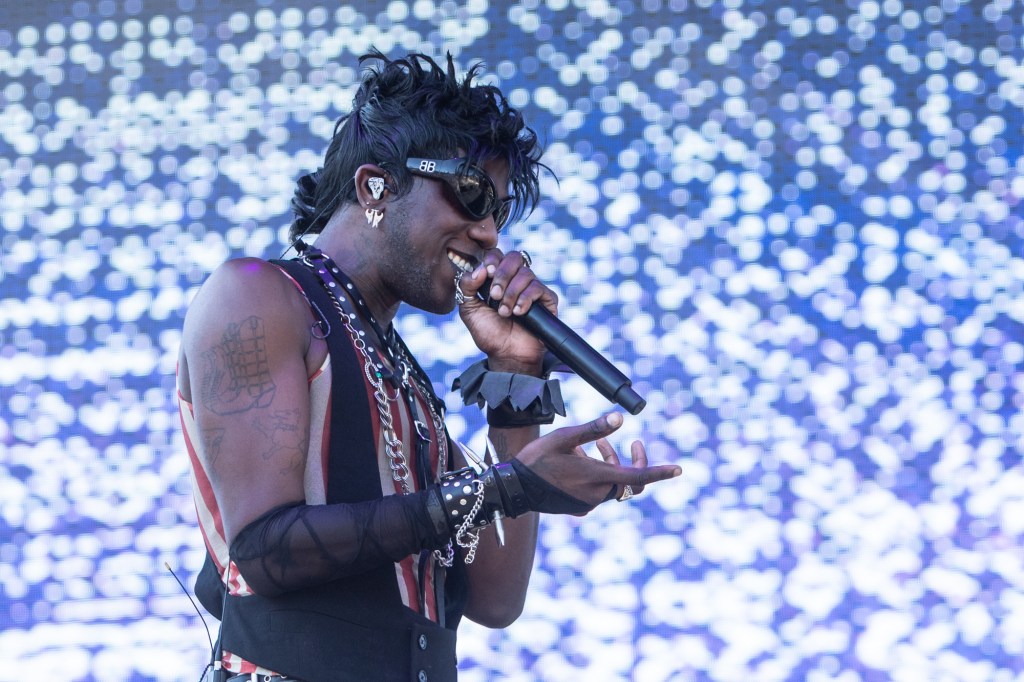
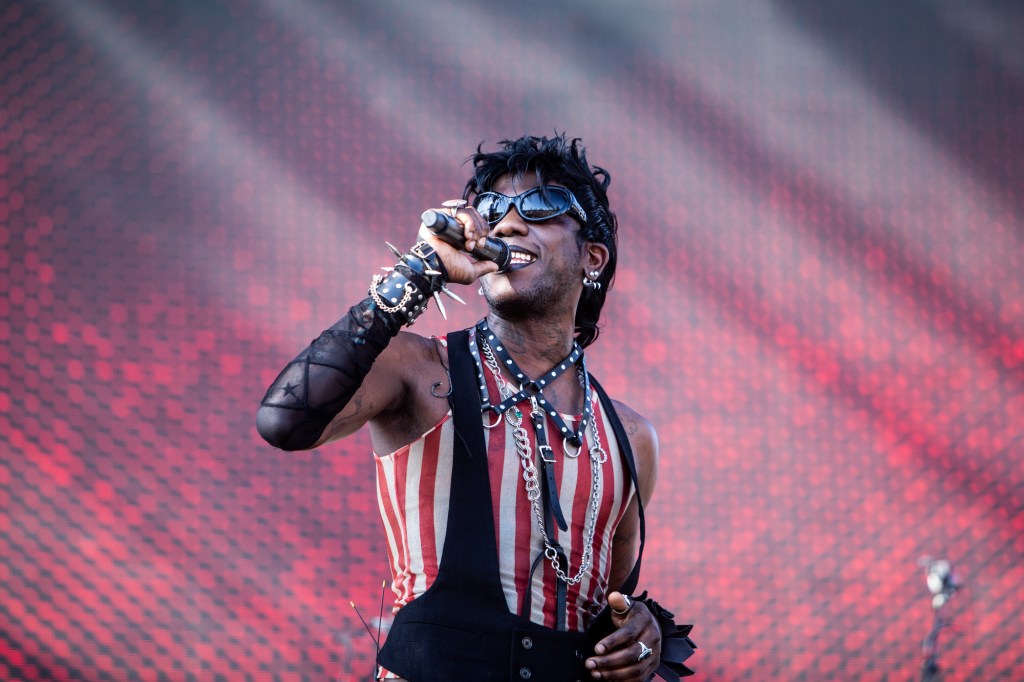
The Strokes
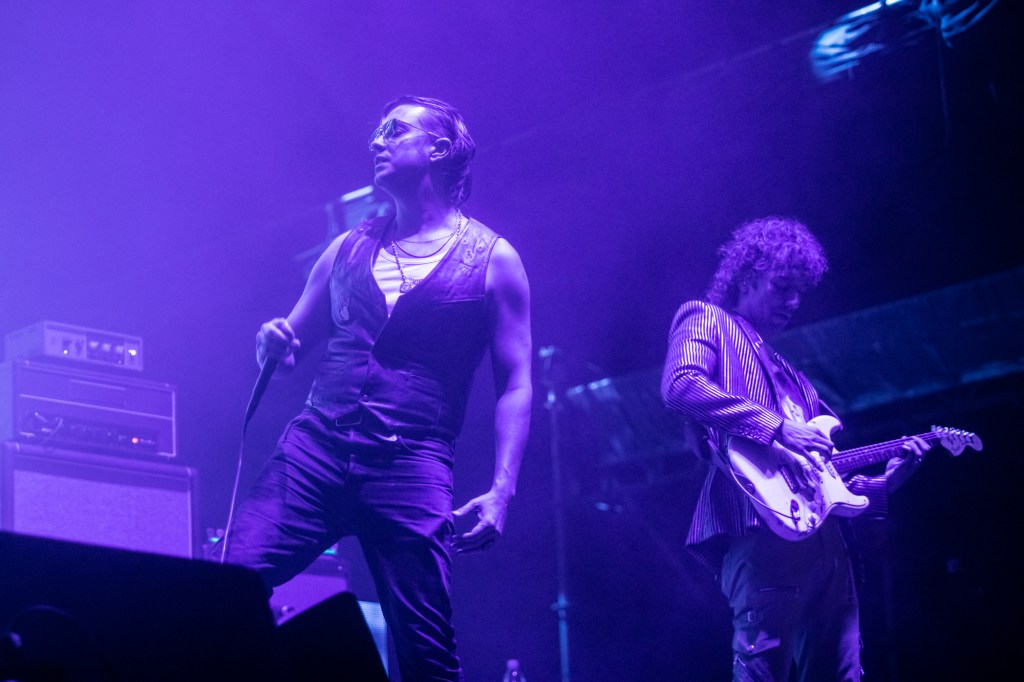
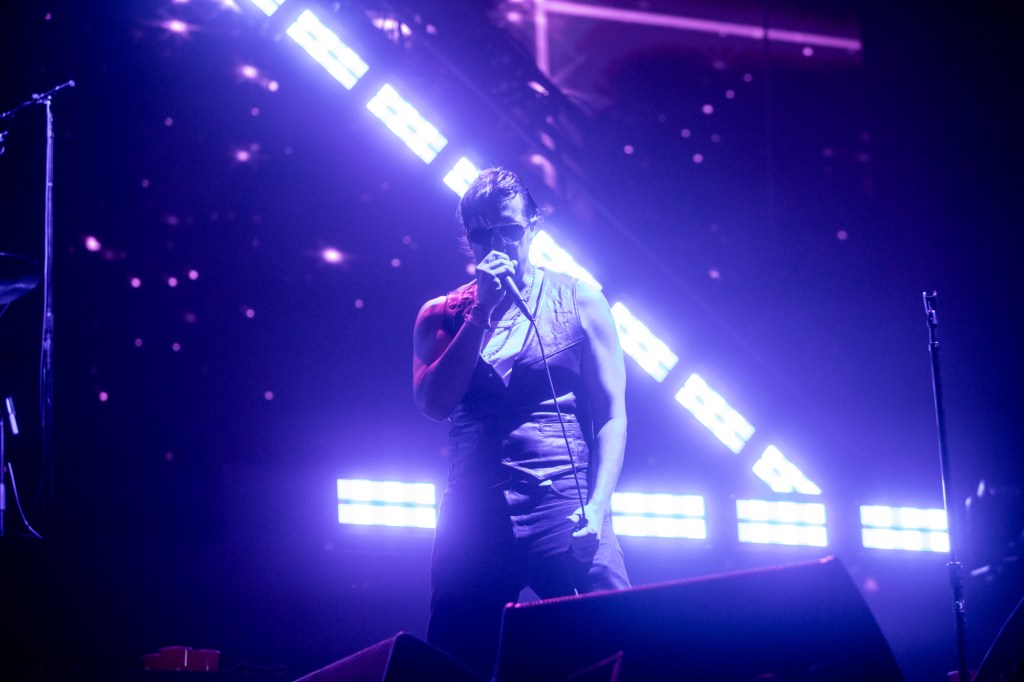
Beach House
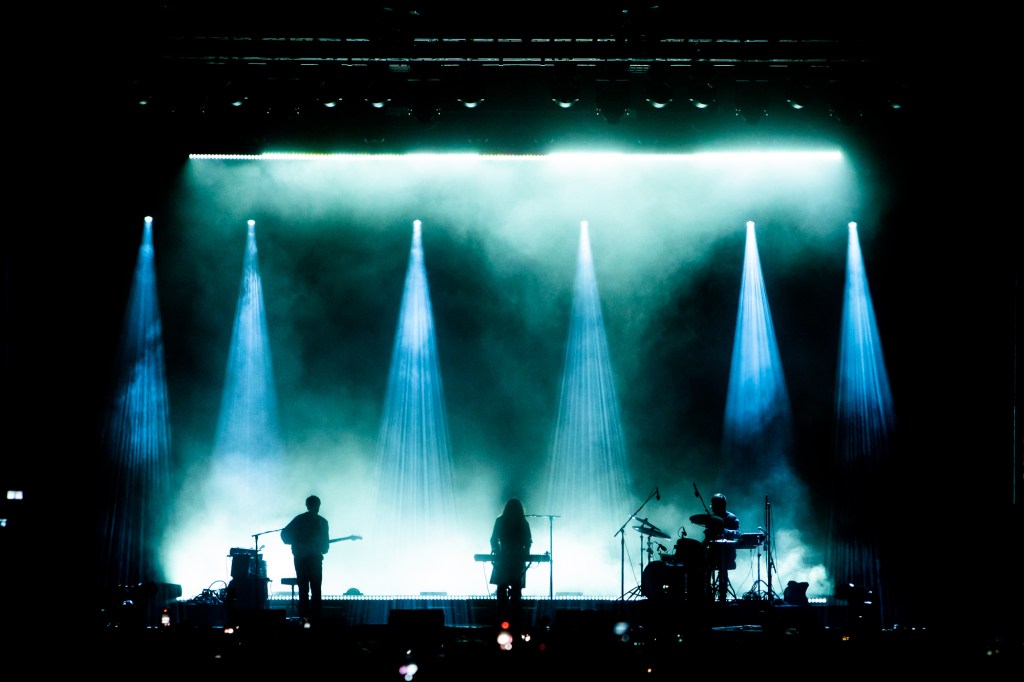
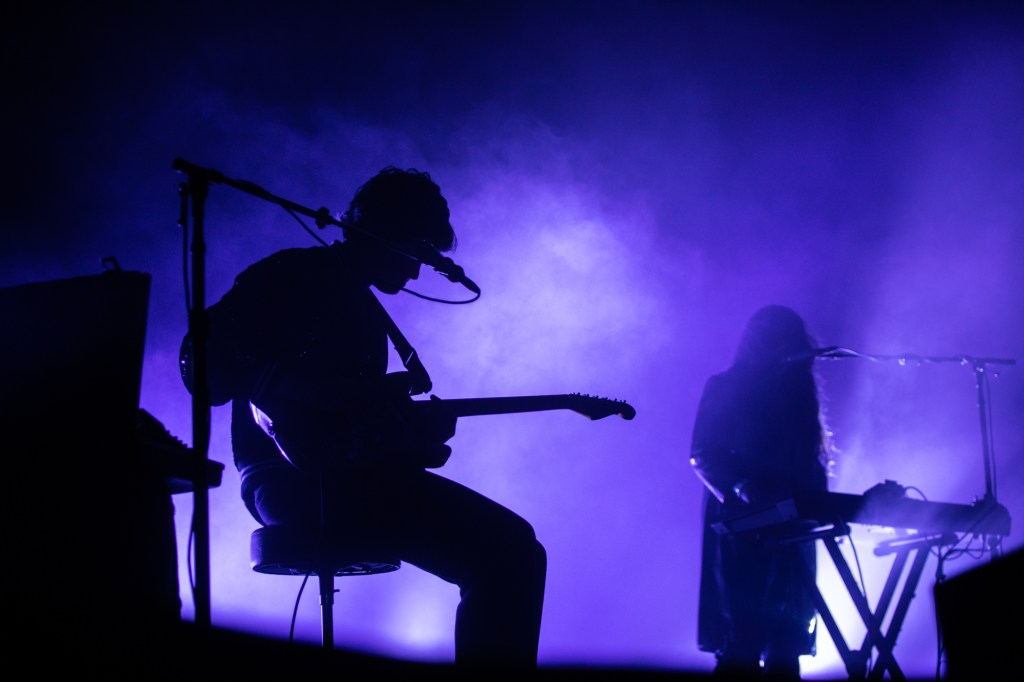
Phoebe Bridgers
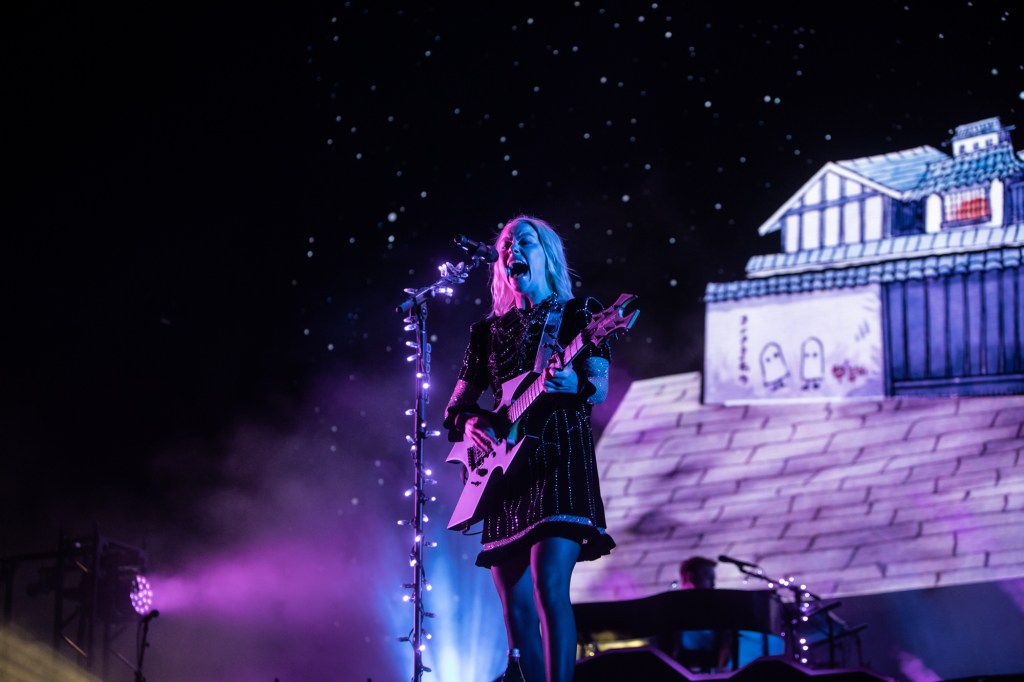
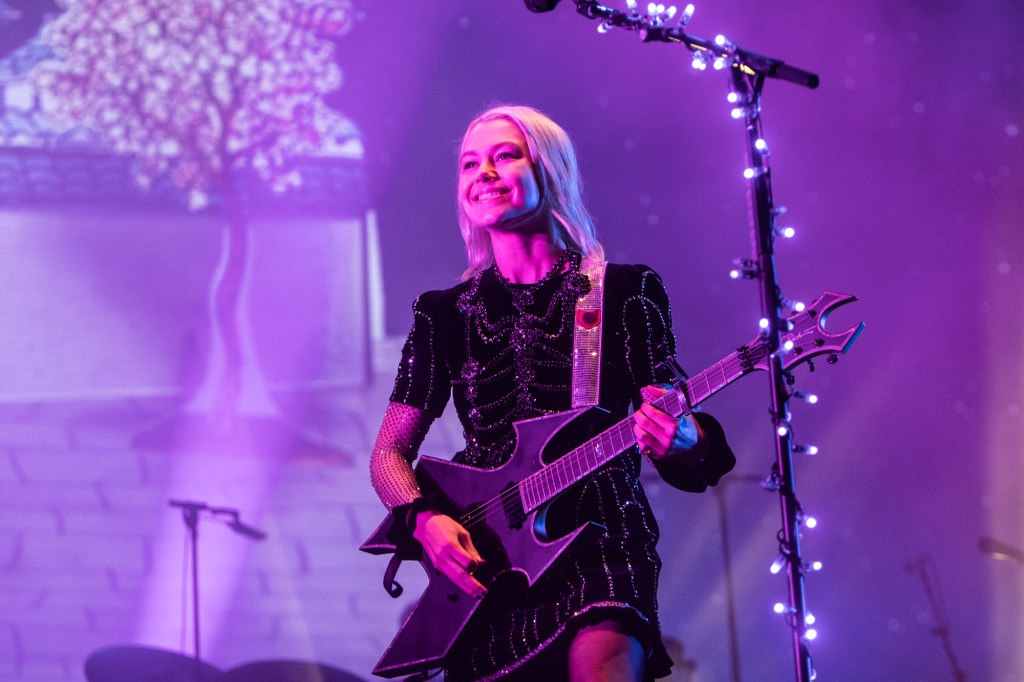
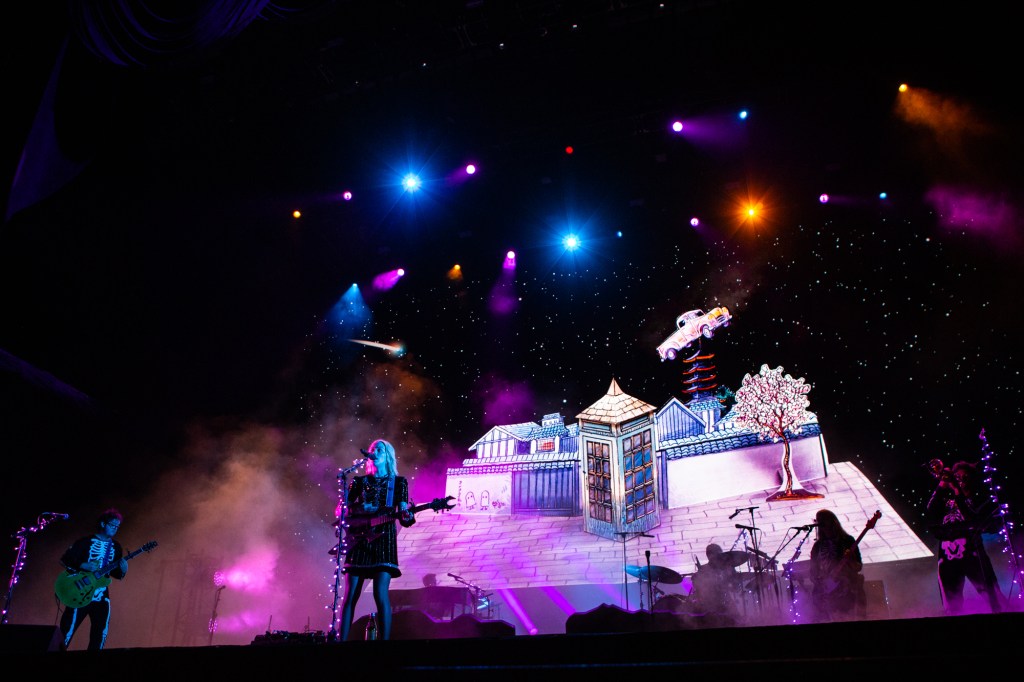
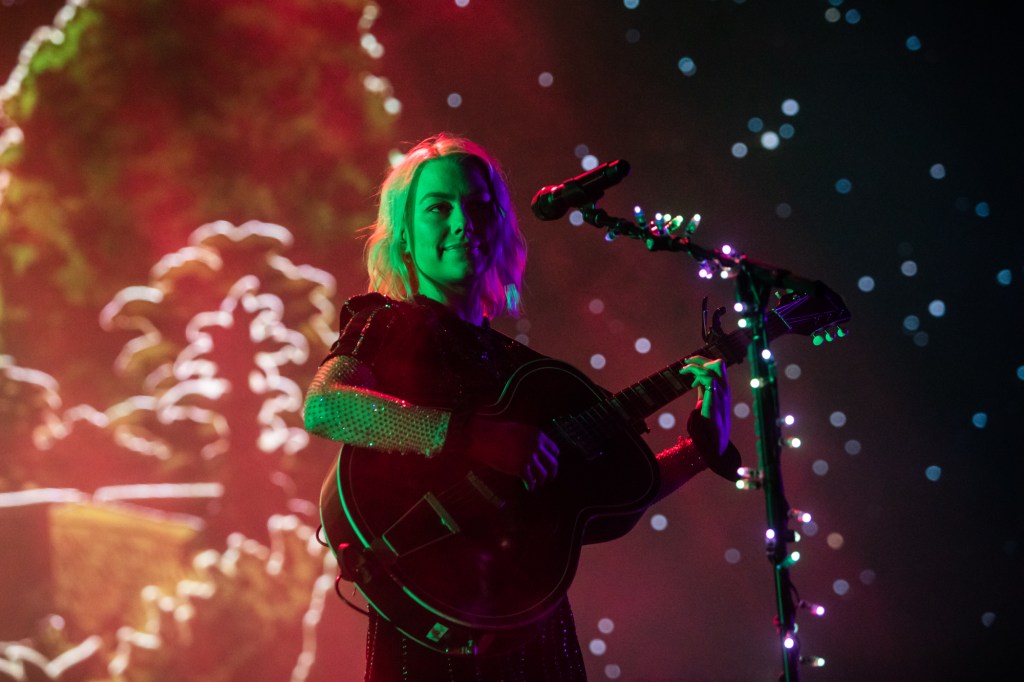
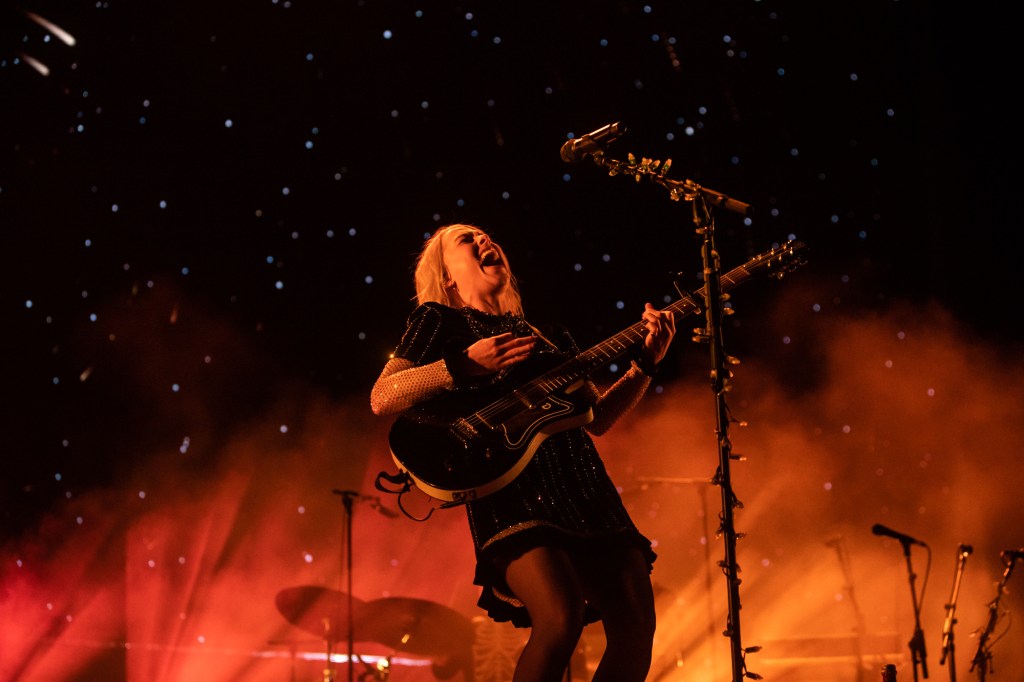
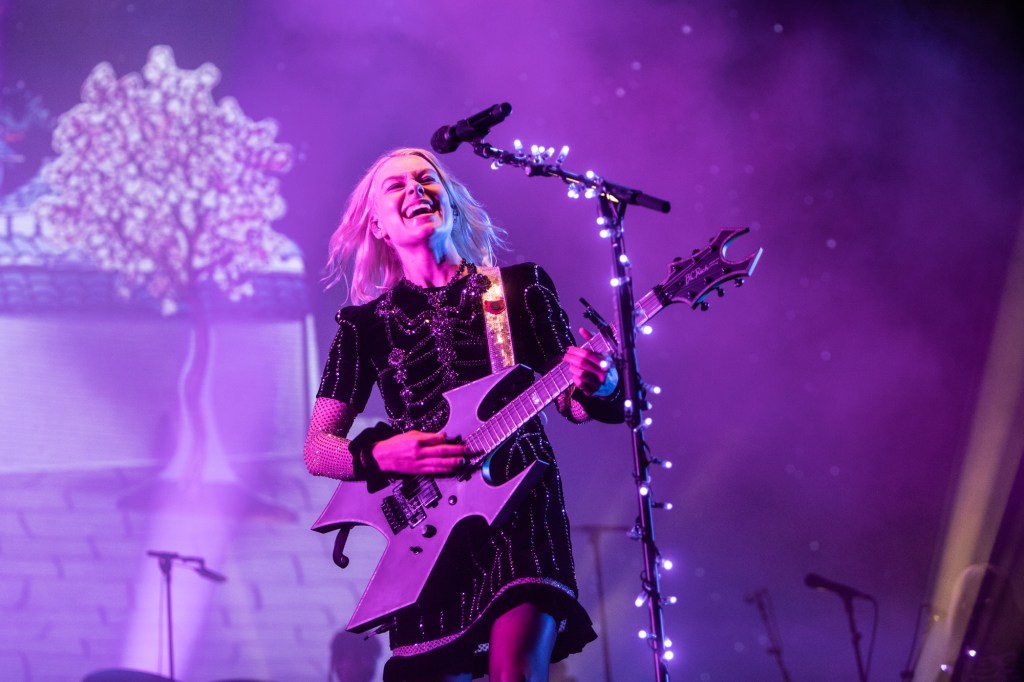
Turnstile
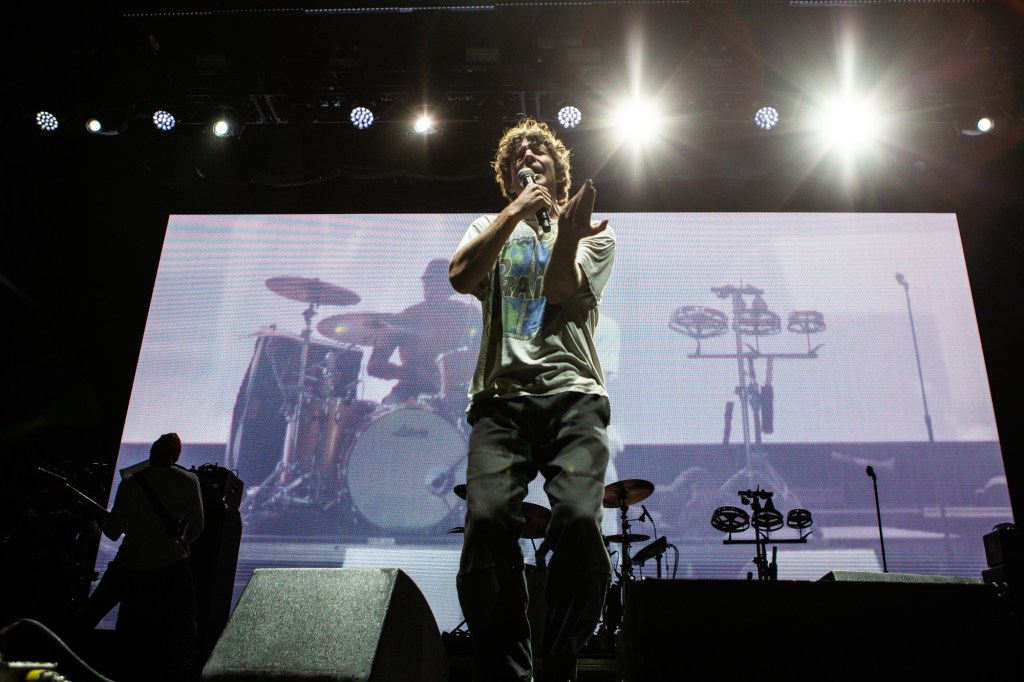
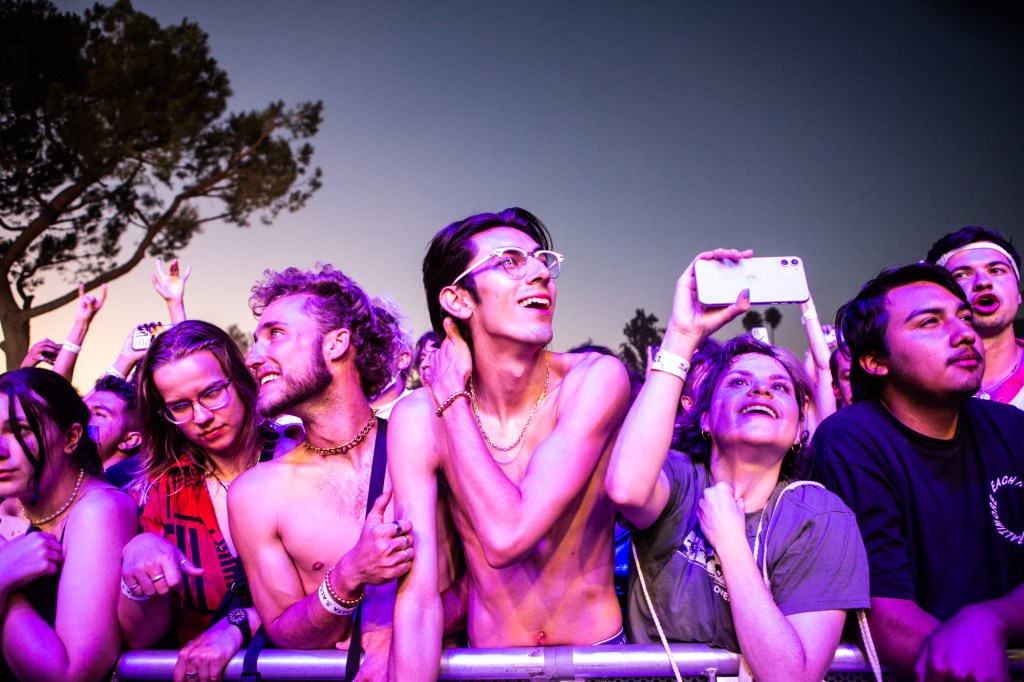
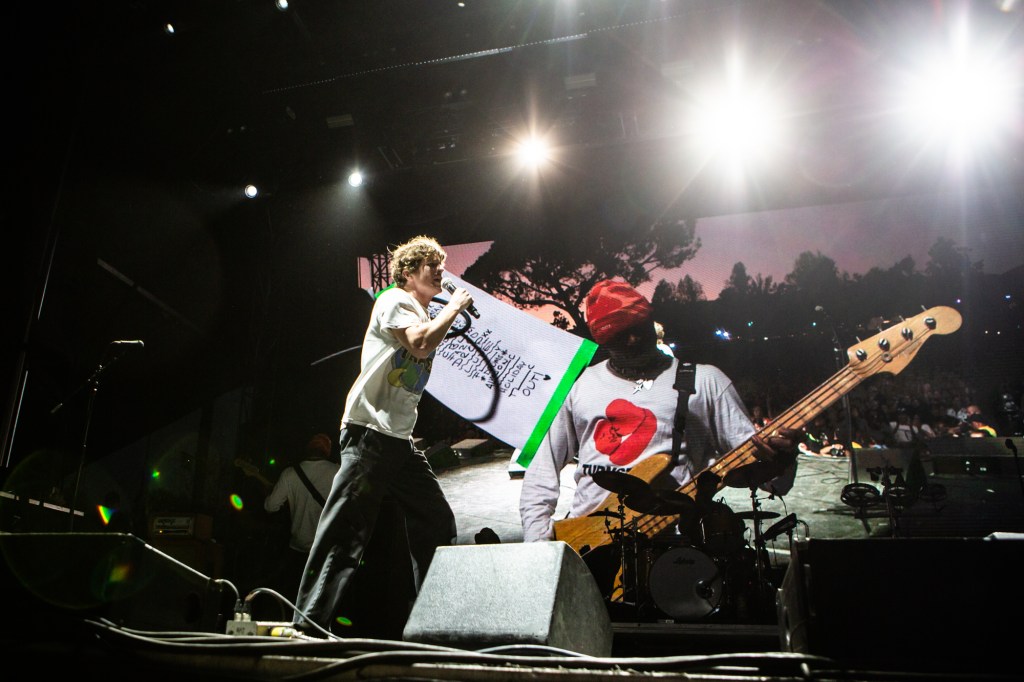
Idles
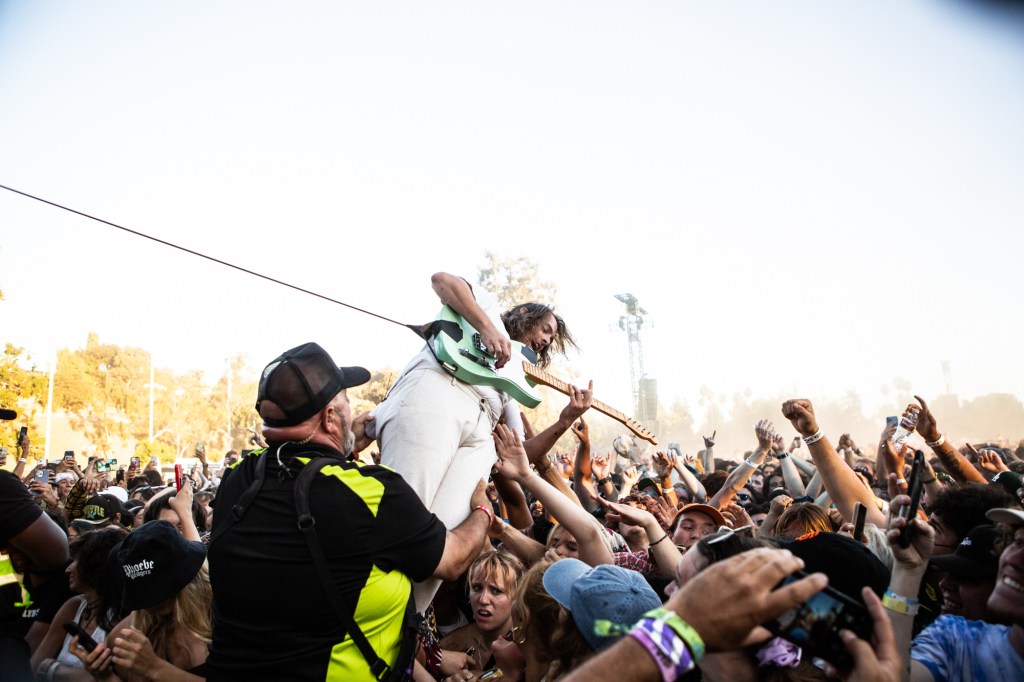
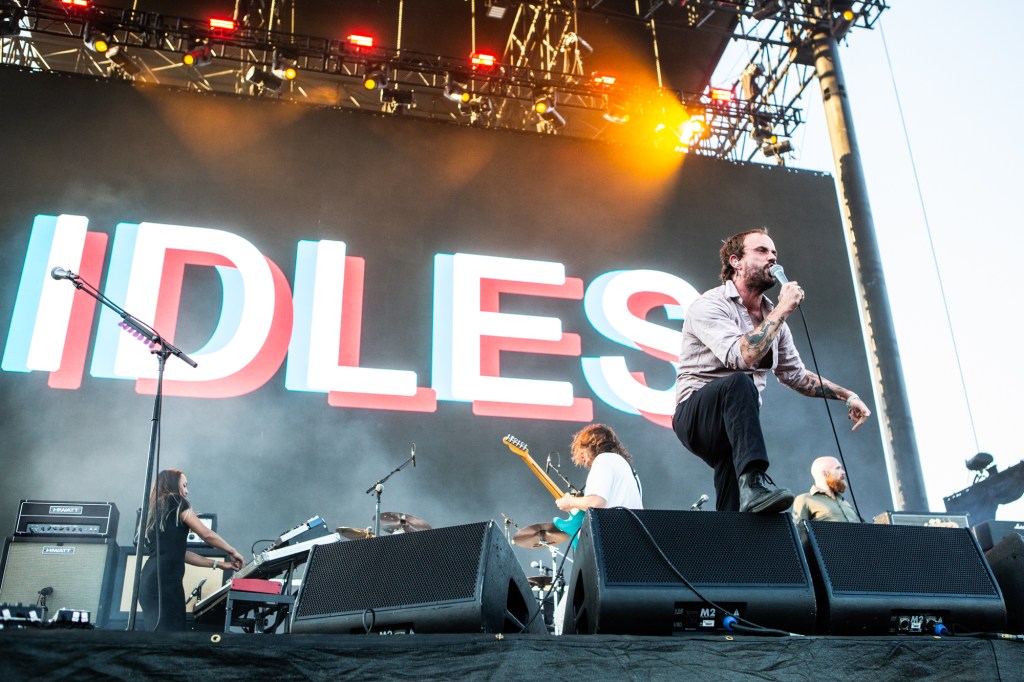
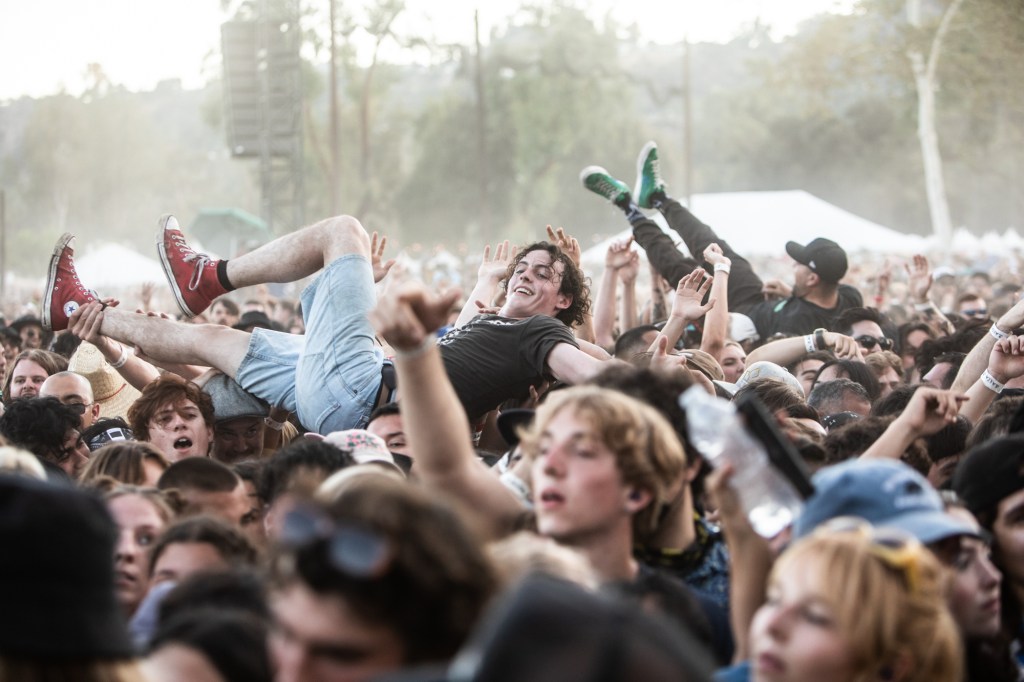
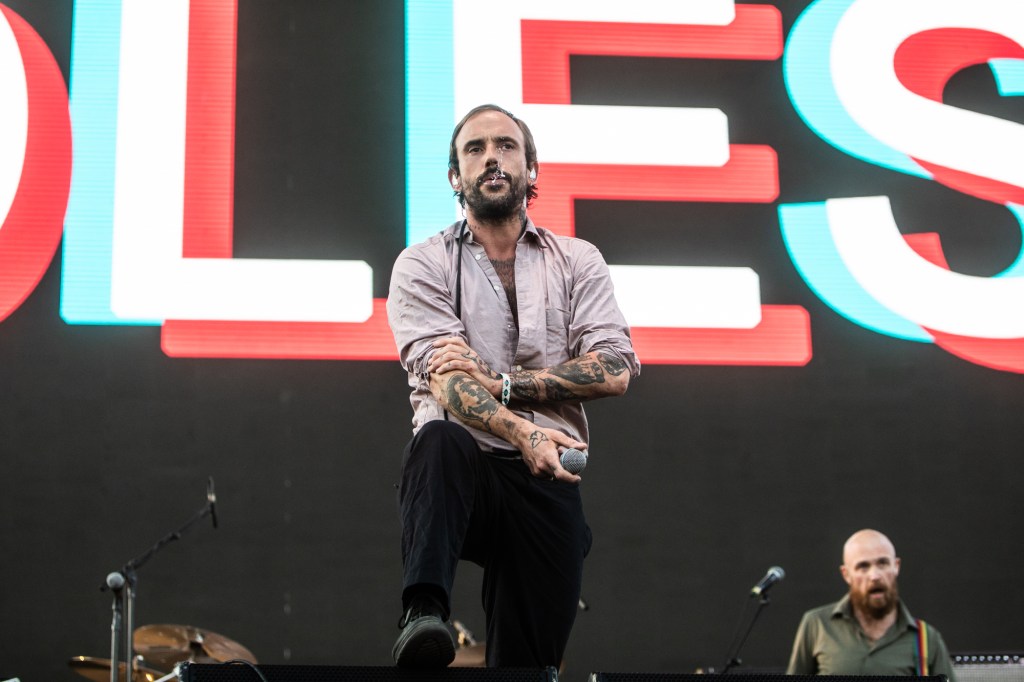
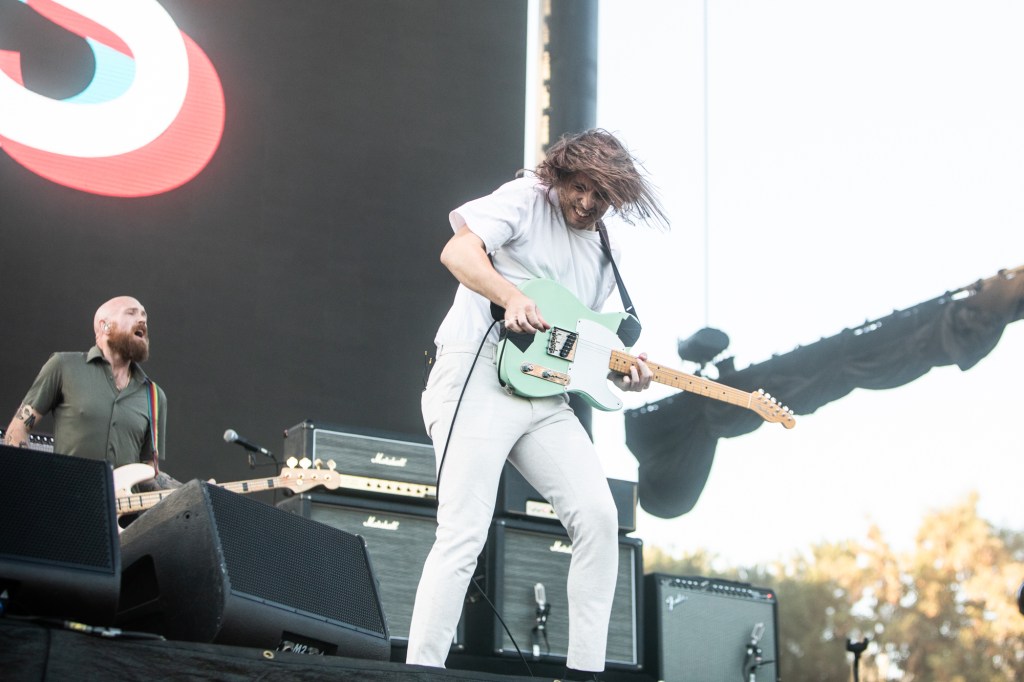
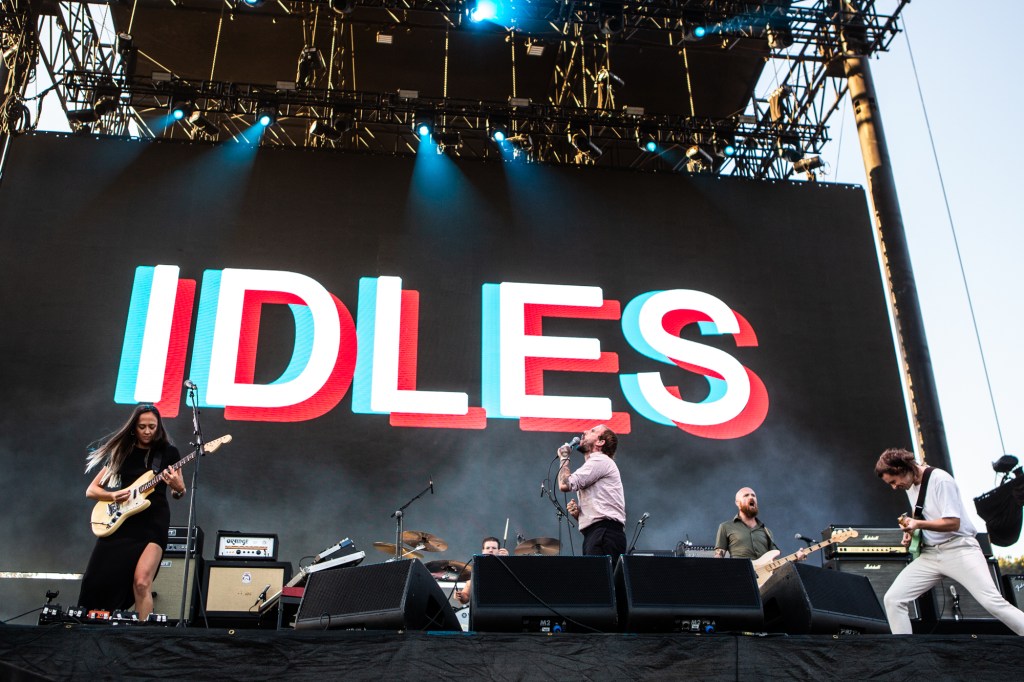
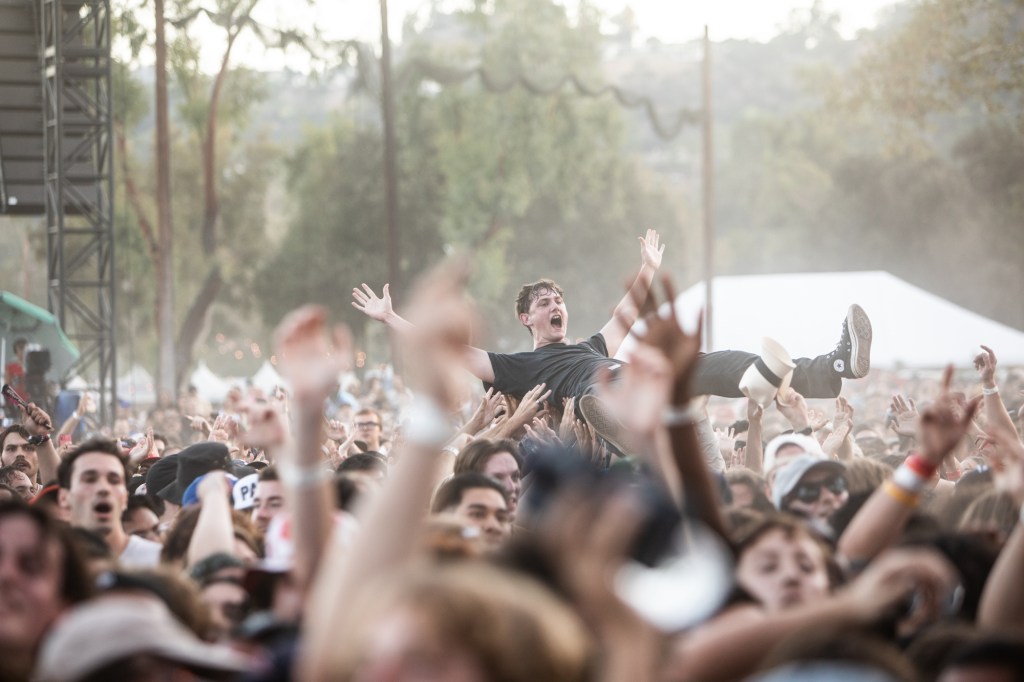
Deafheaven
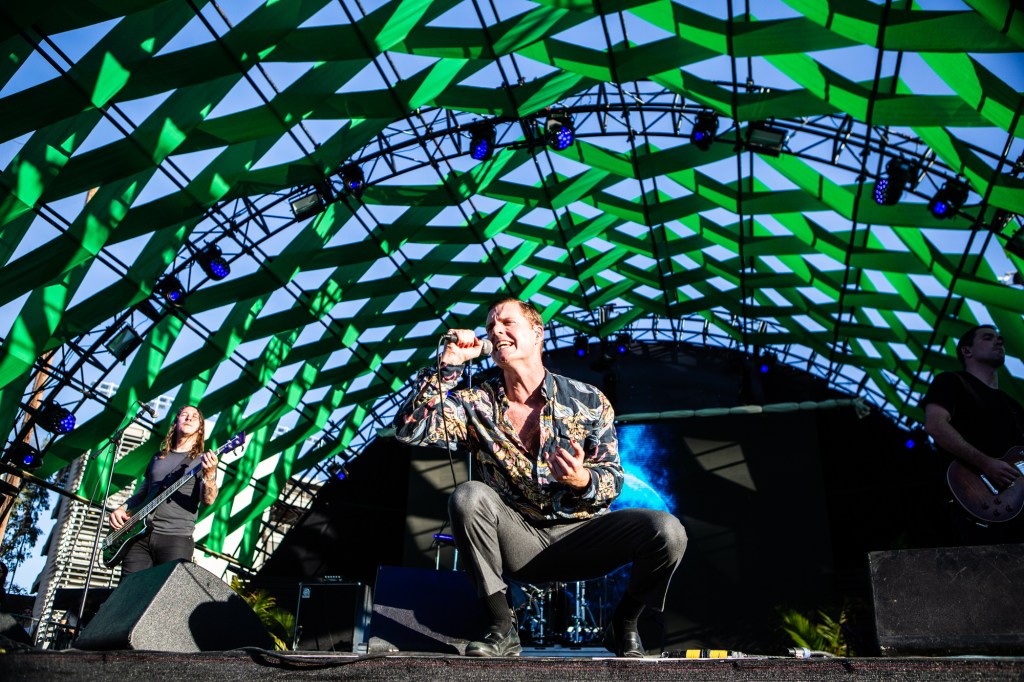
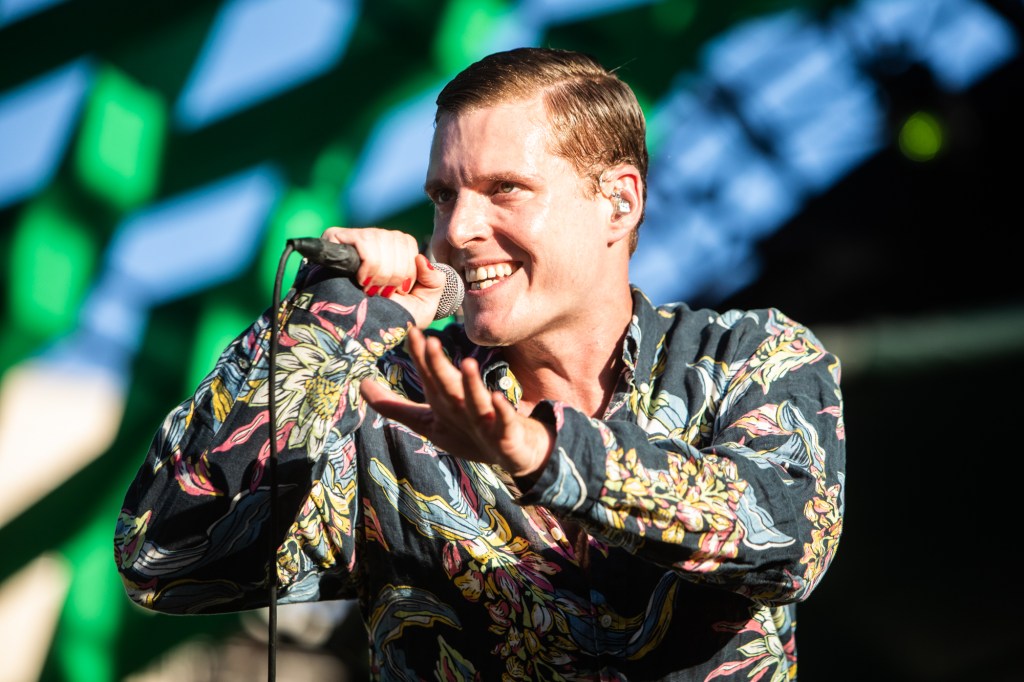
Caroline Polachek
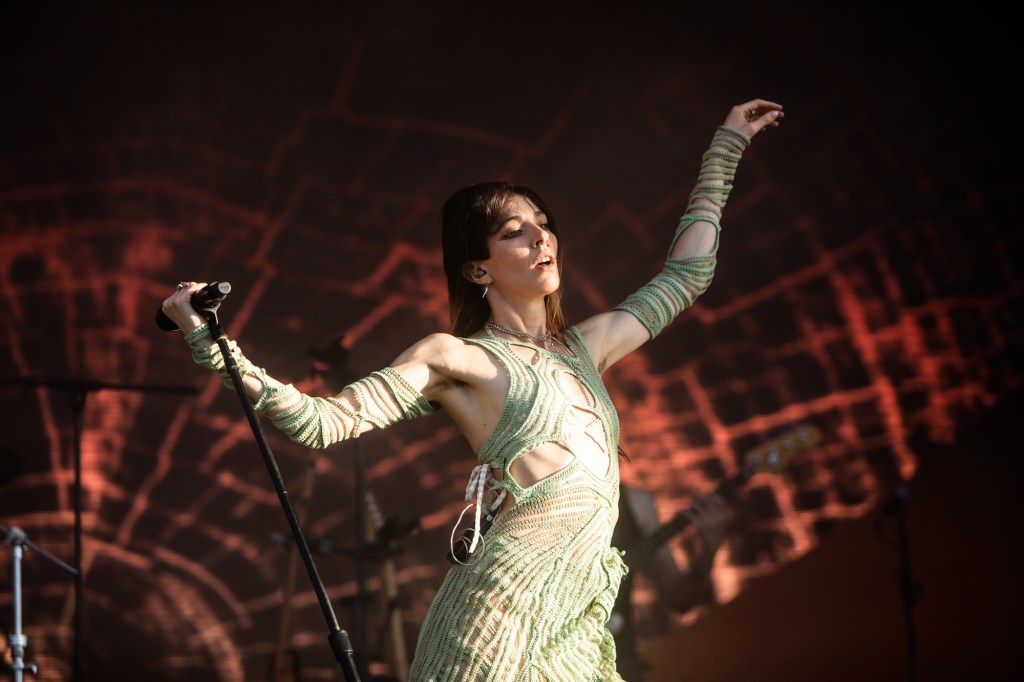
Slowthai
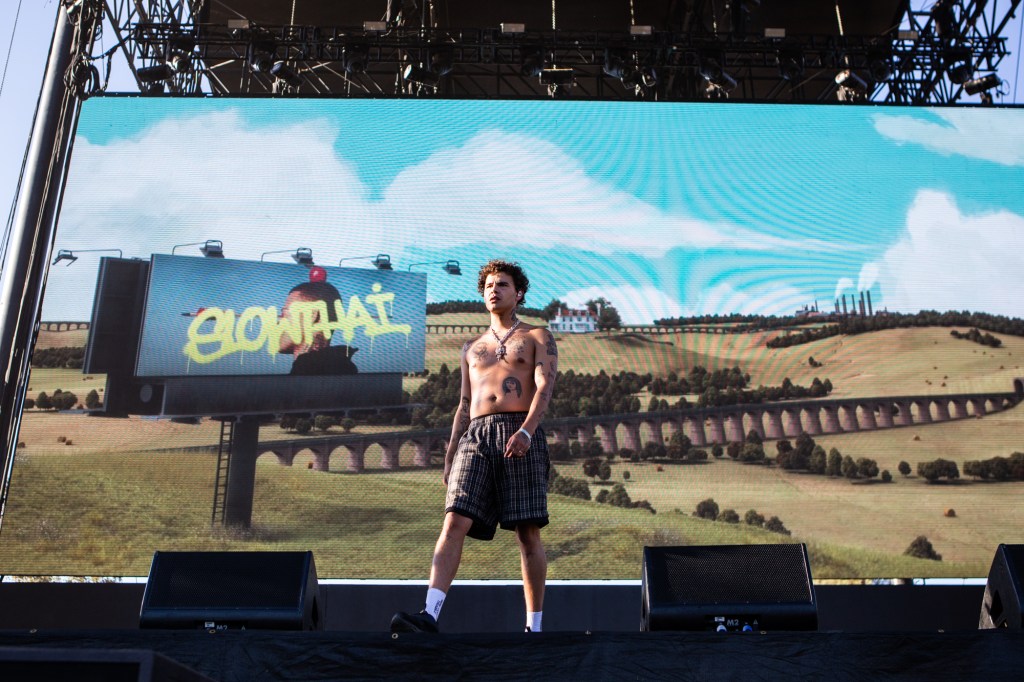
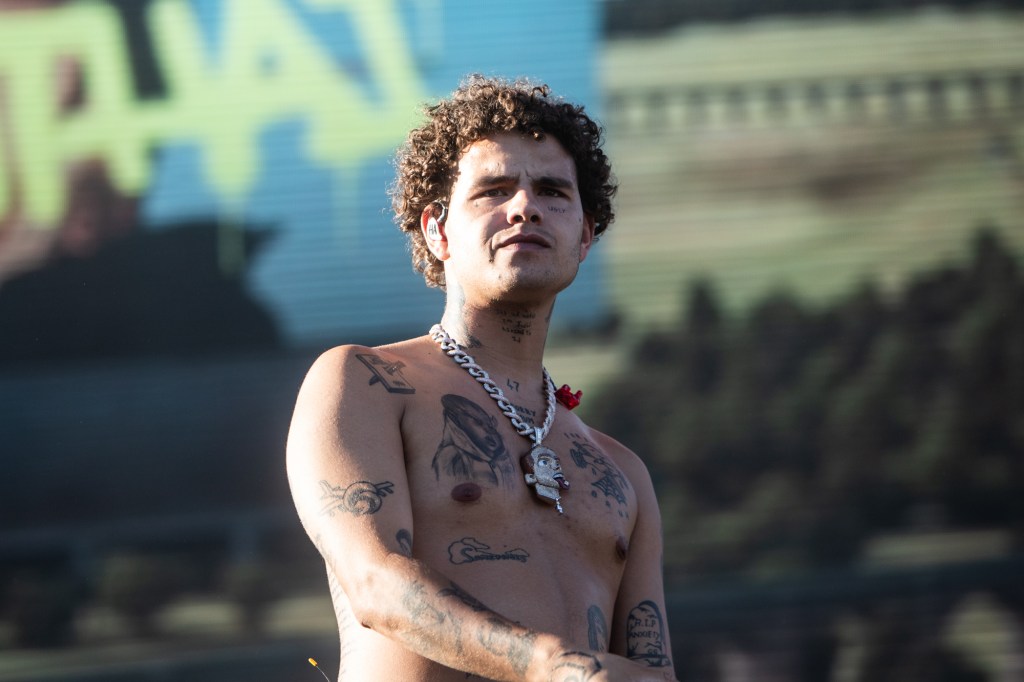
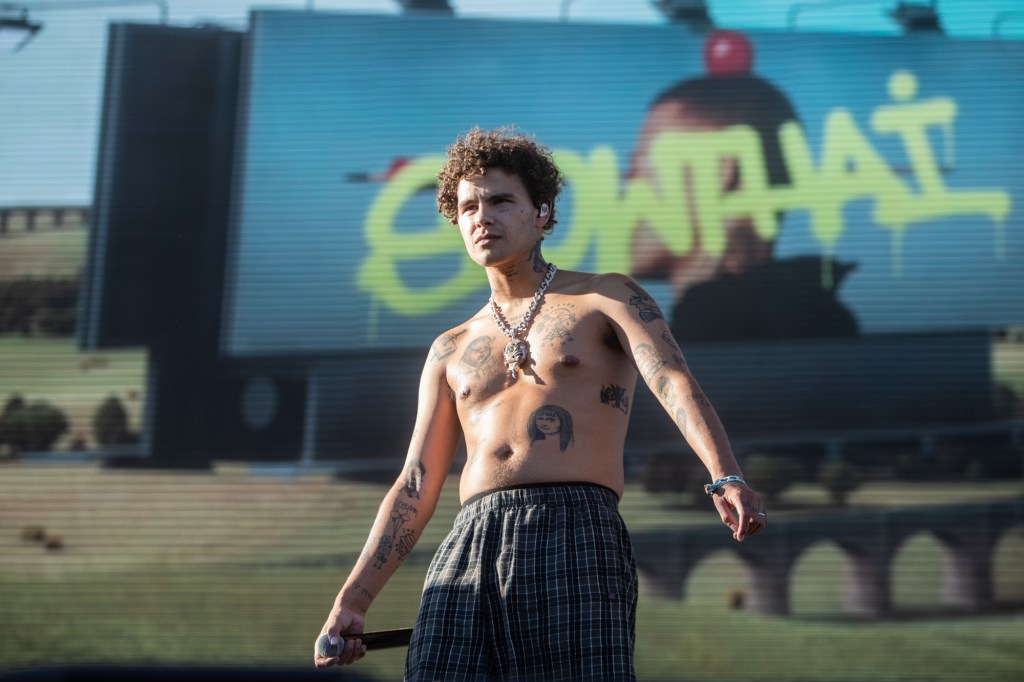
Tinashe
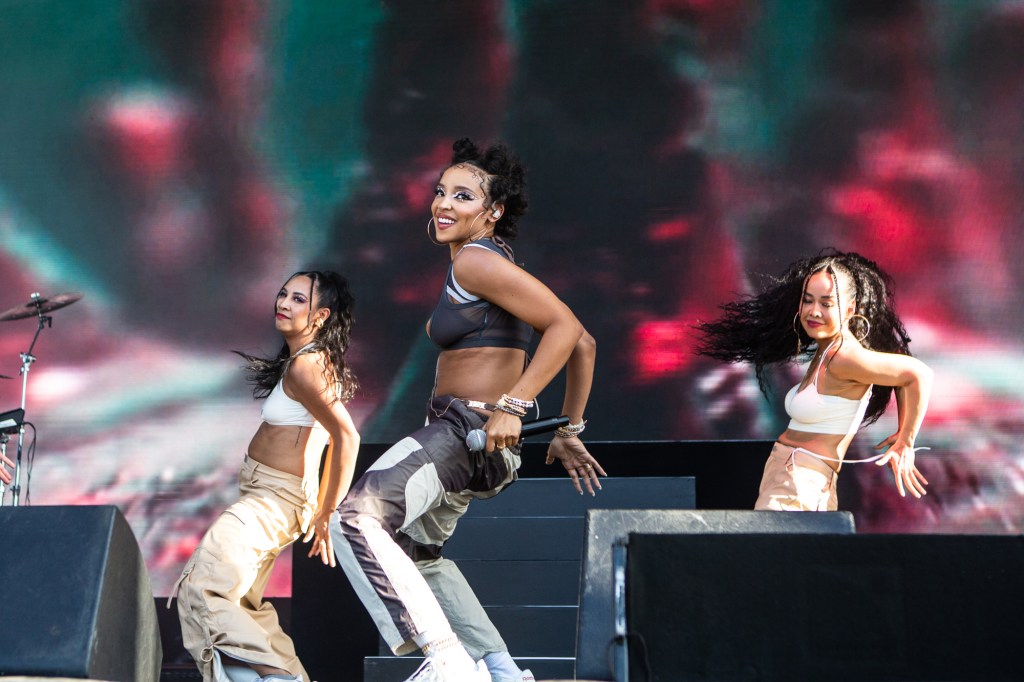
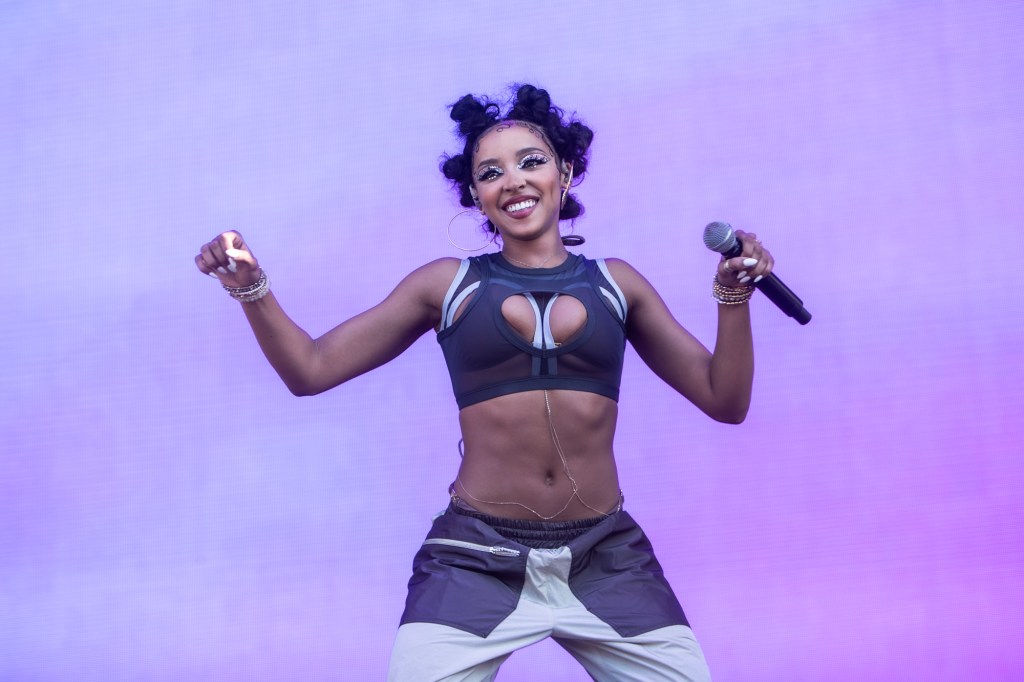
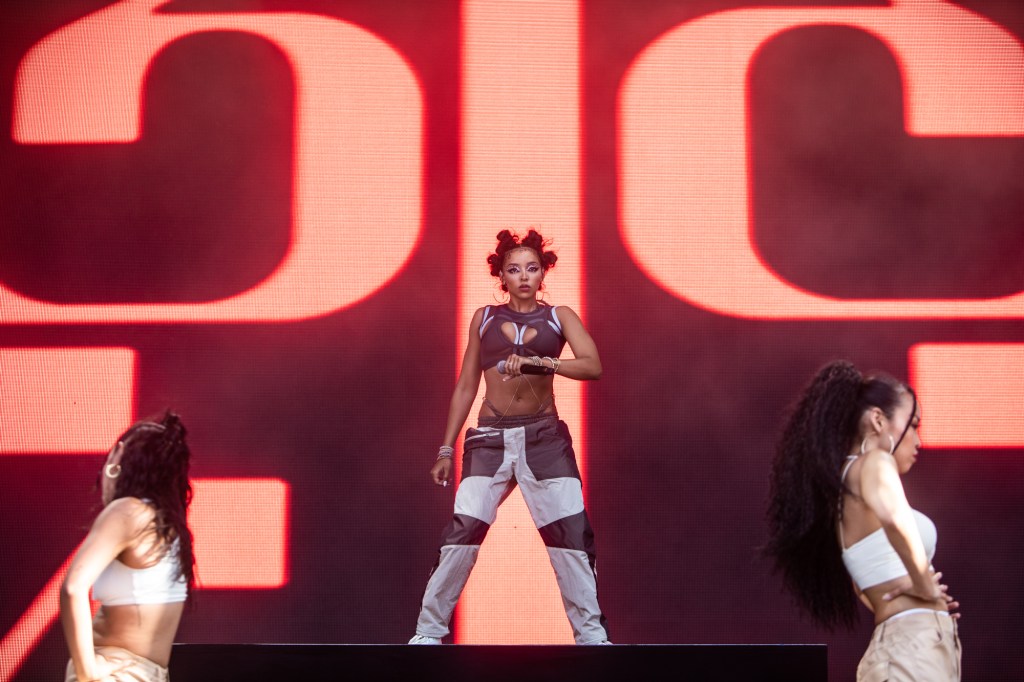
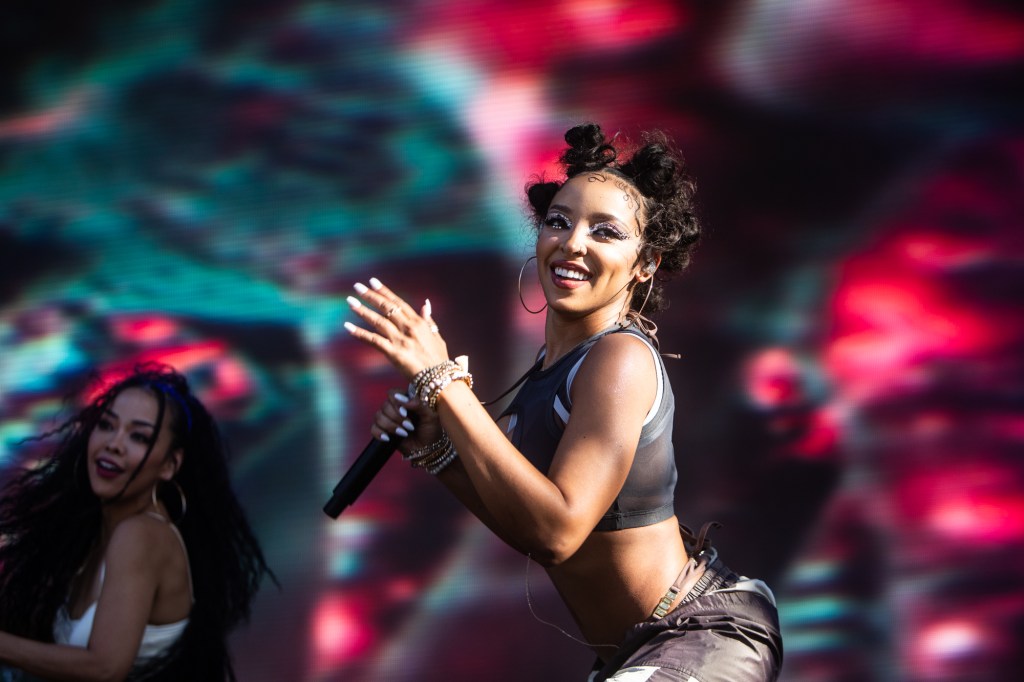
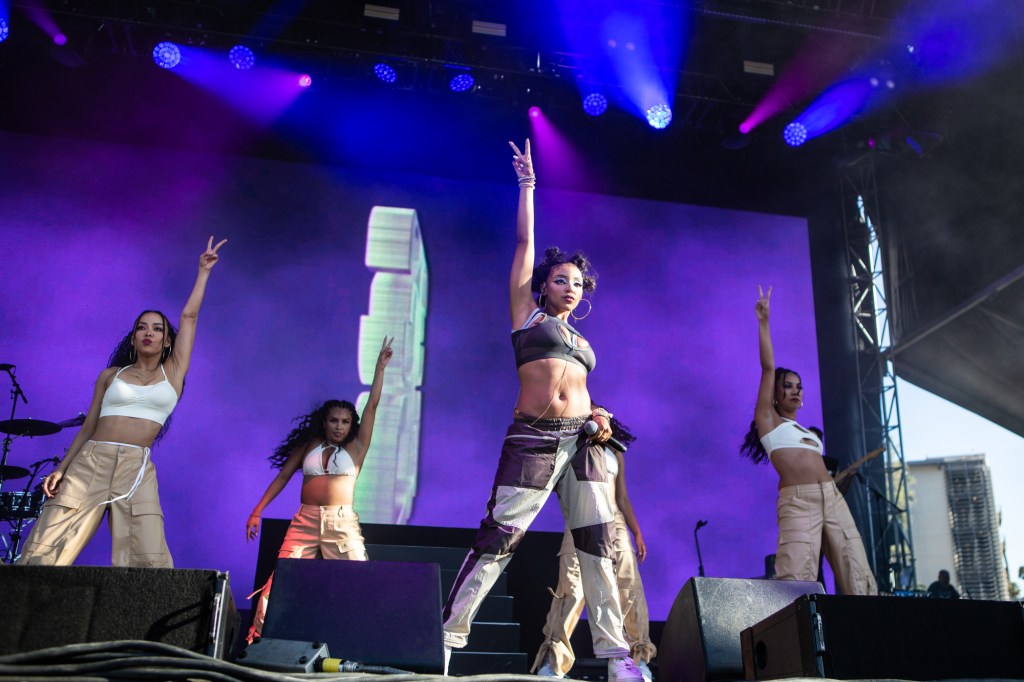
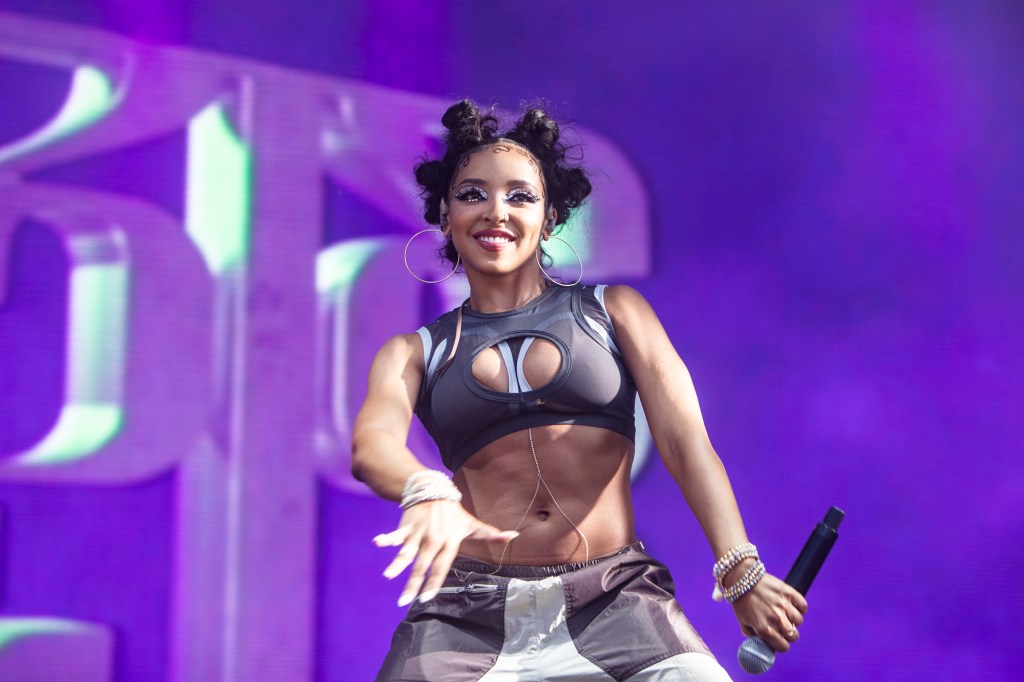
Wet Leg
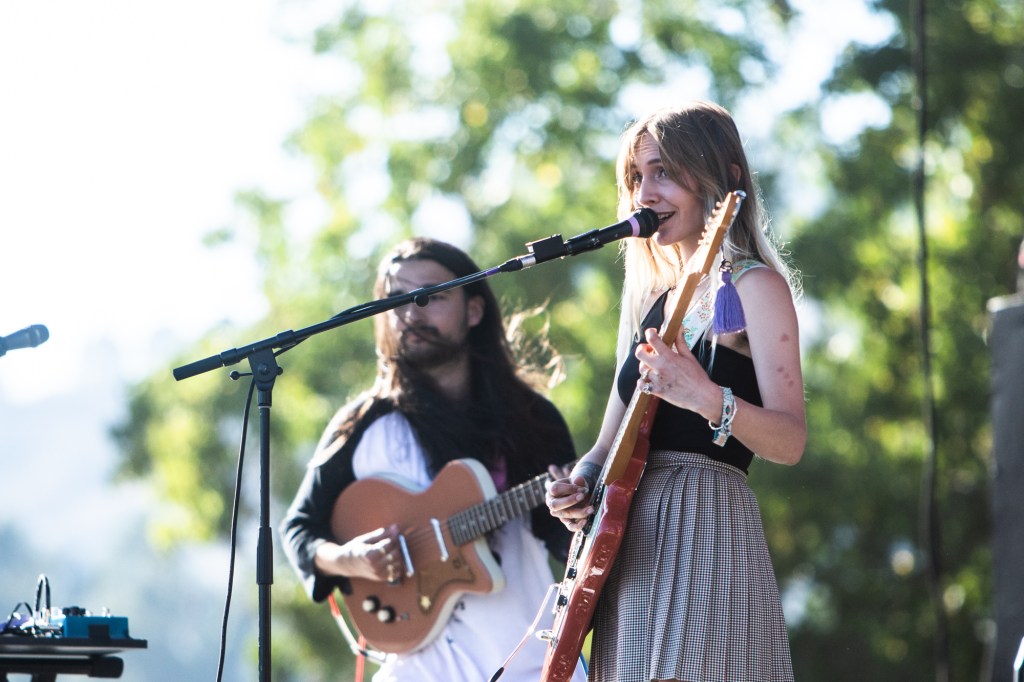
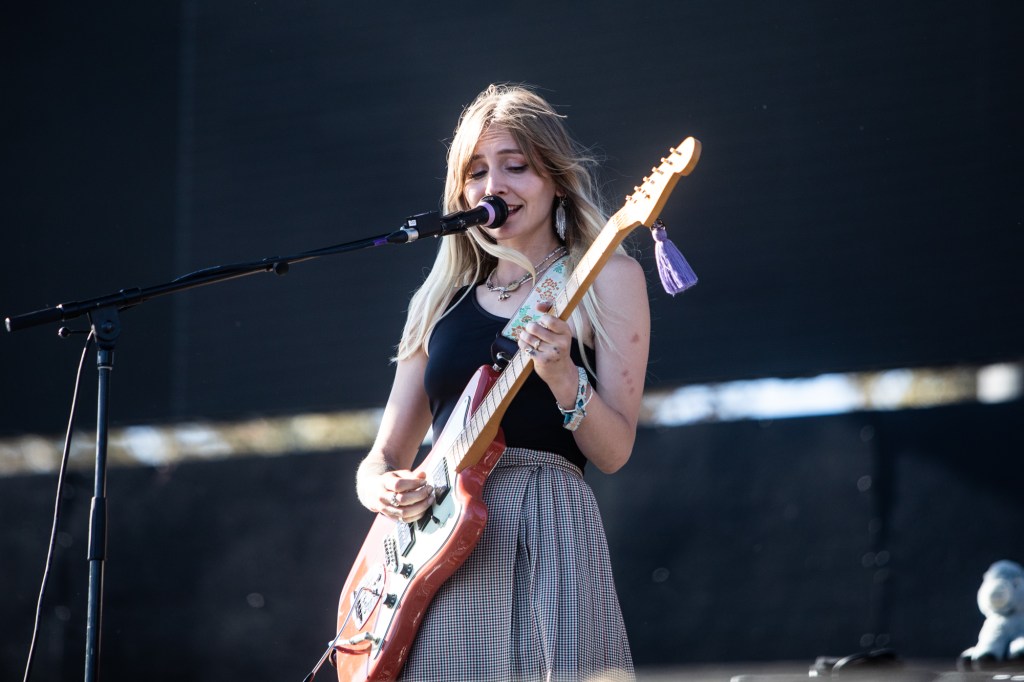
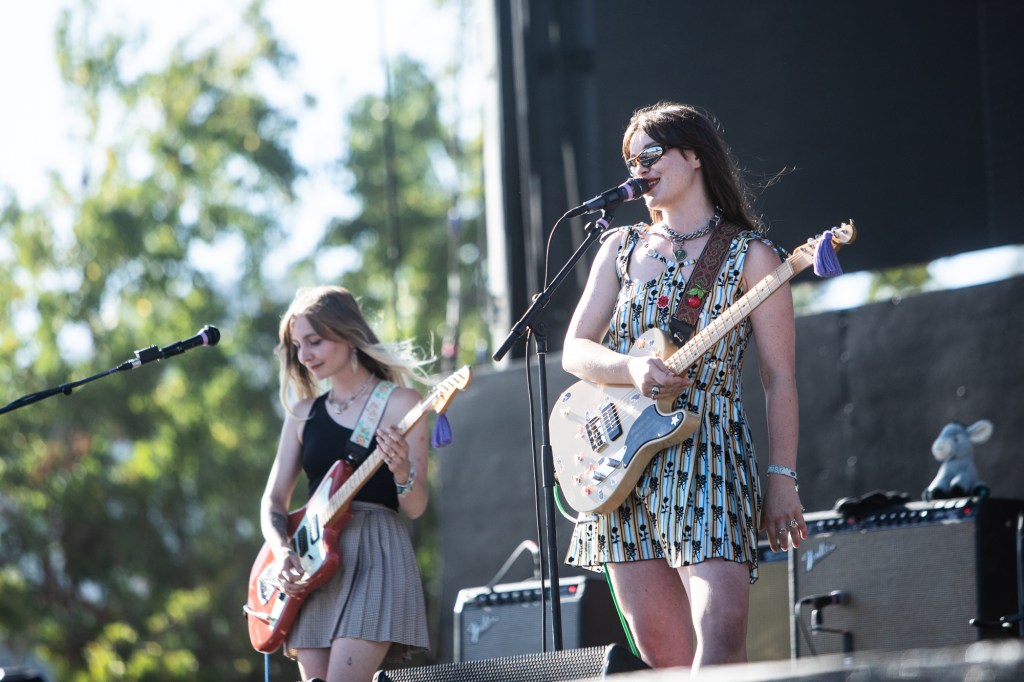
Mdou Moctar
